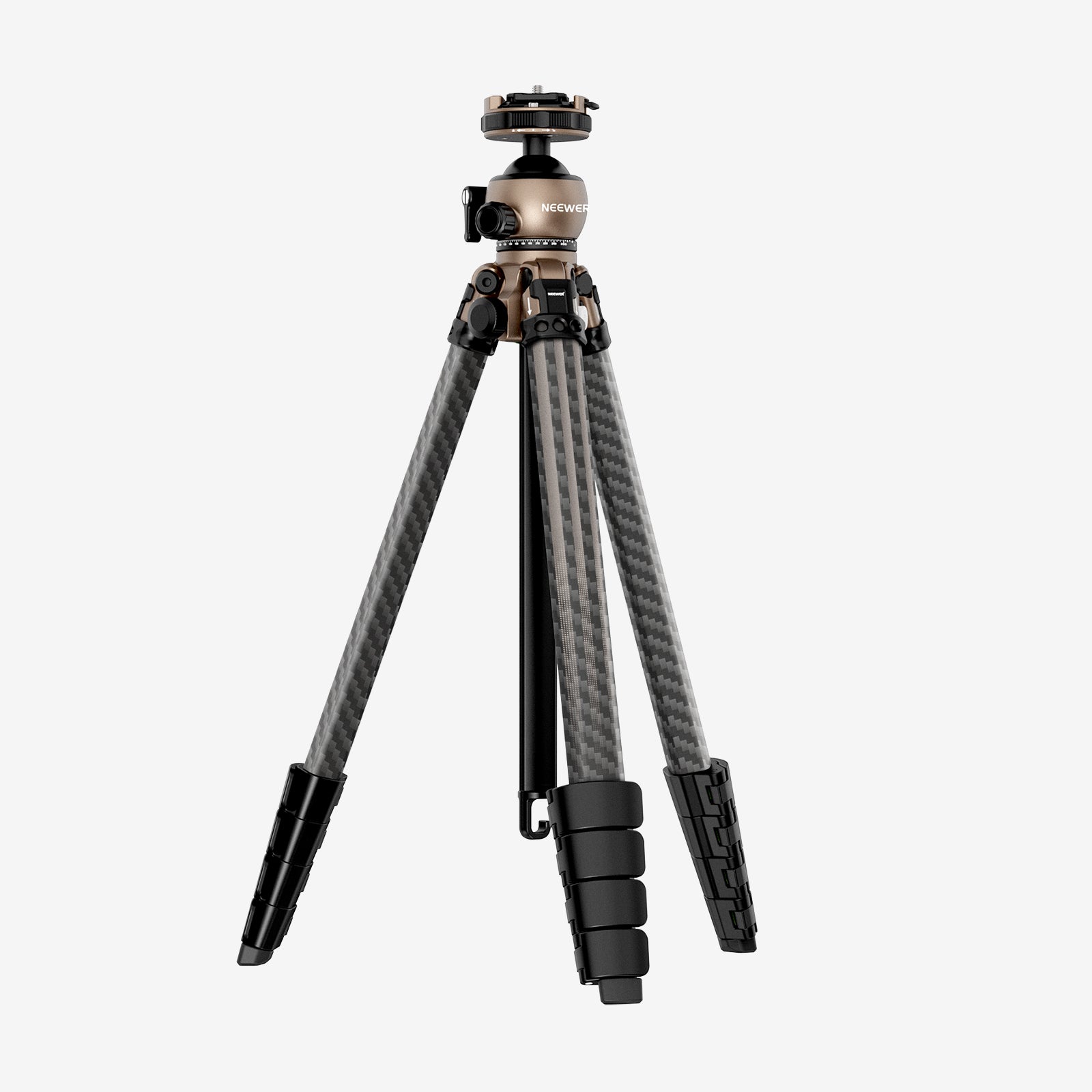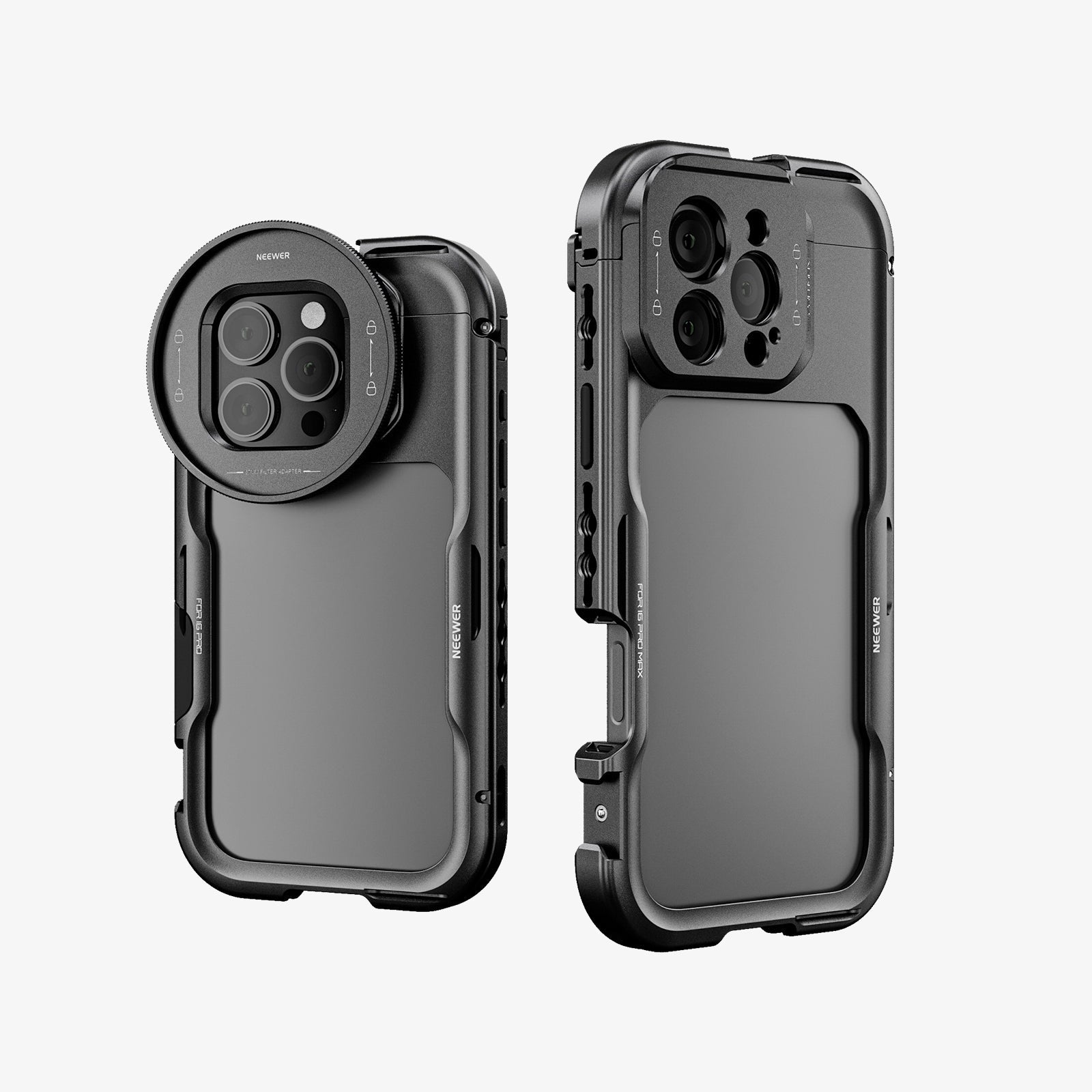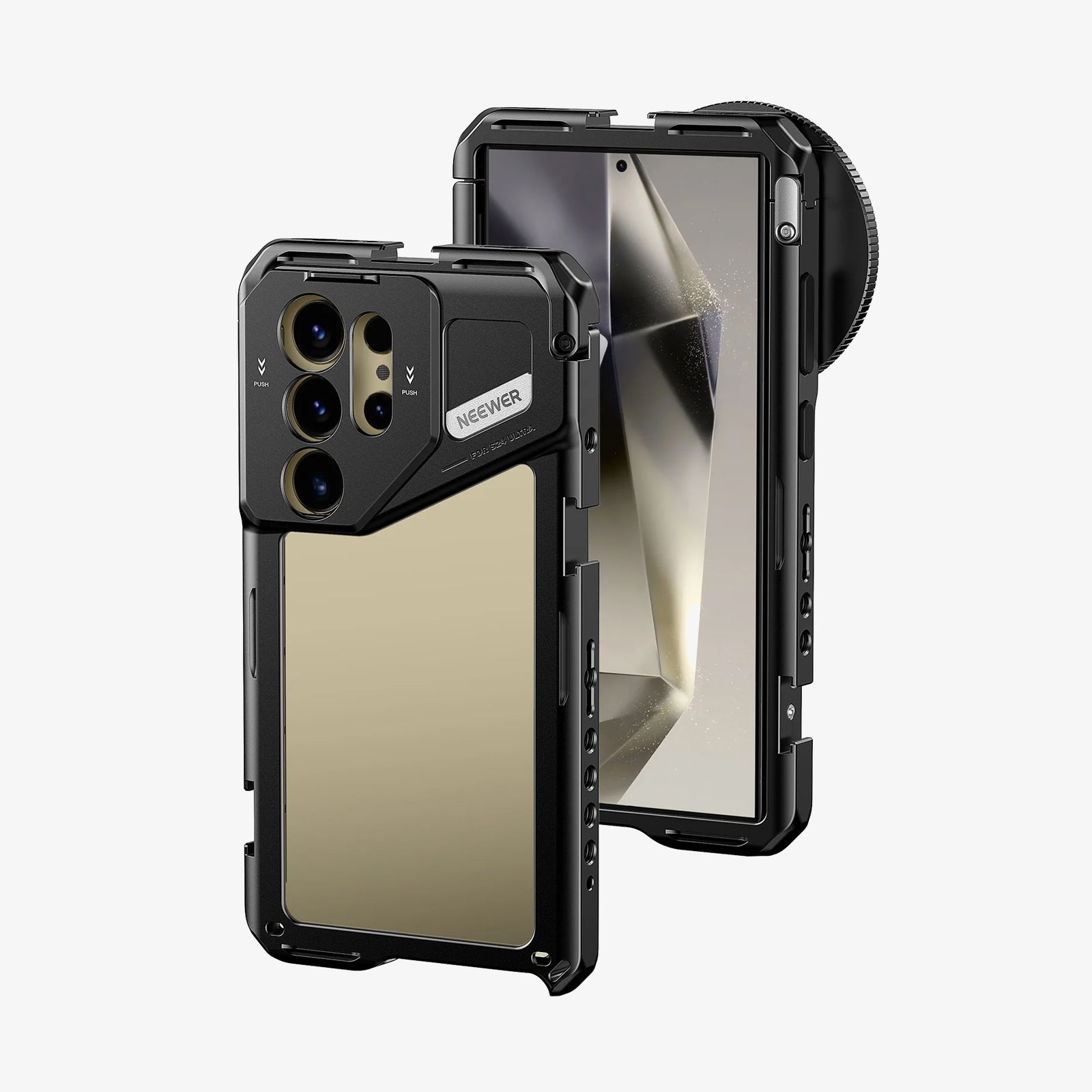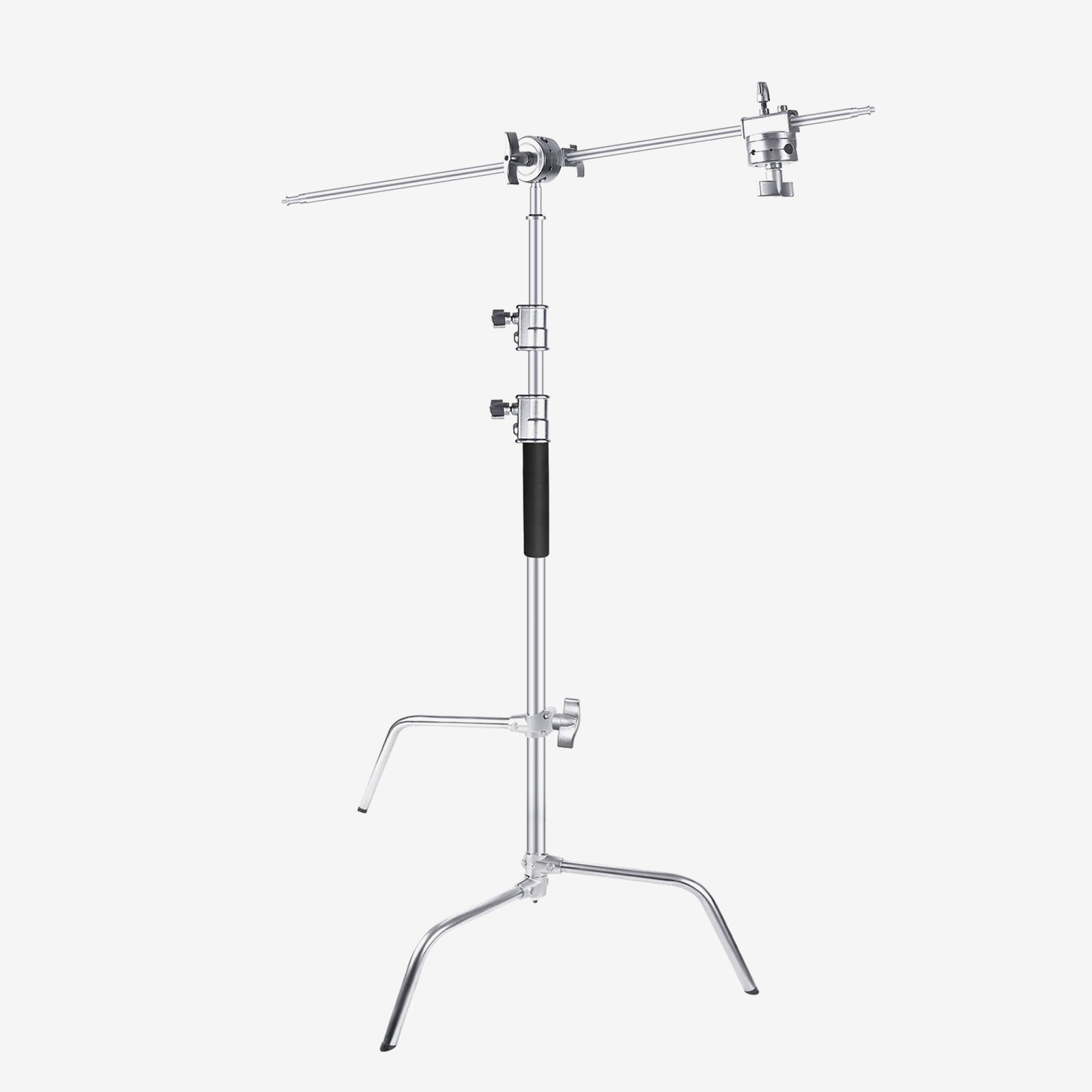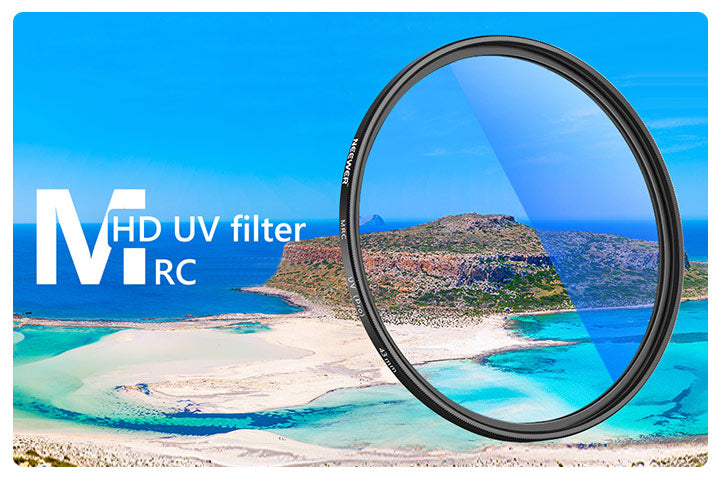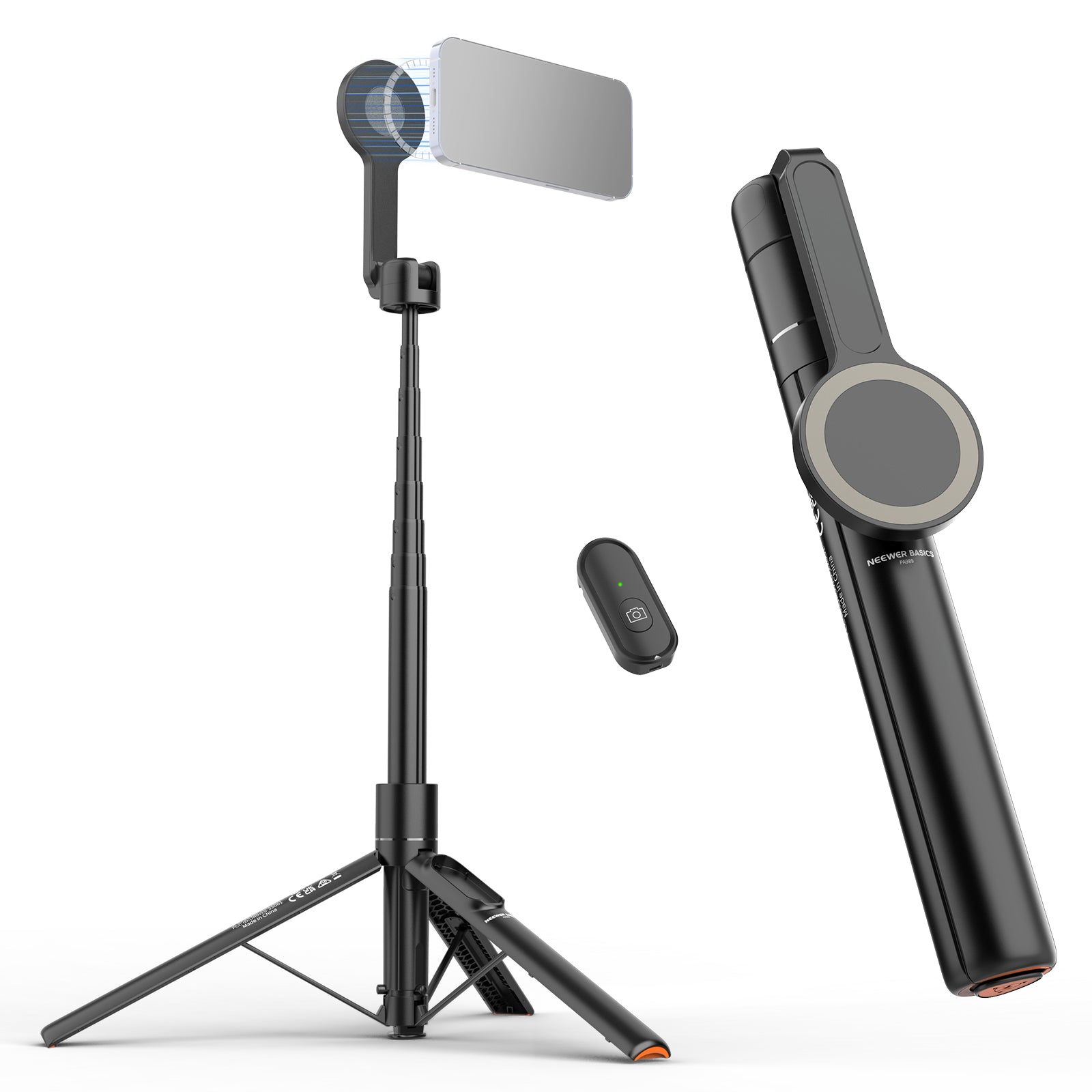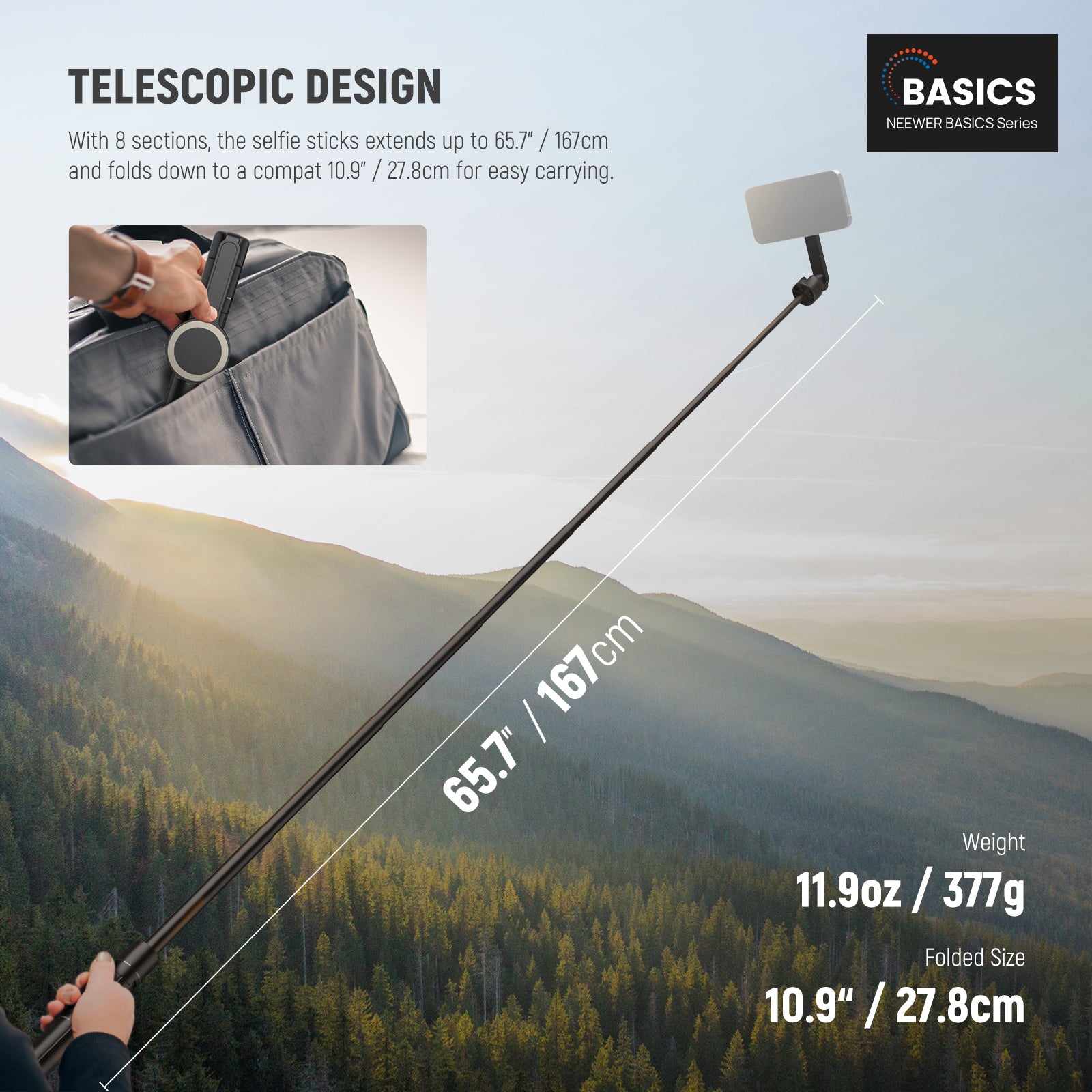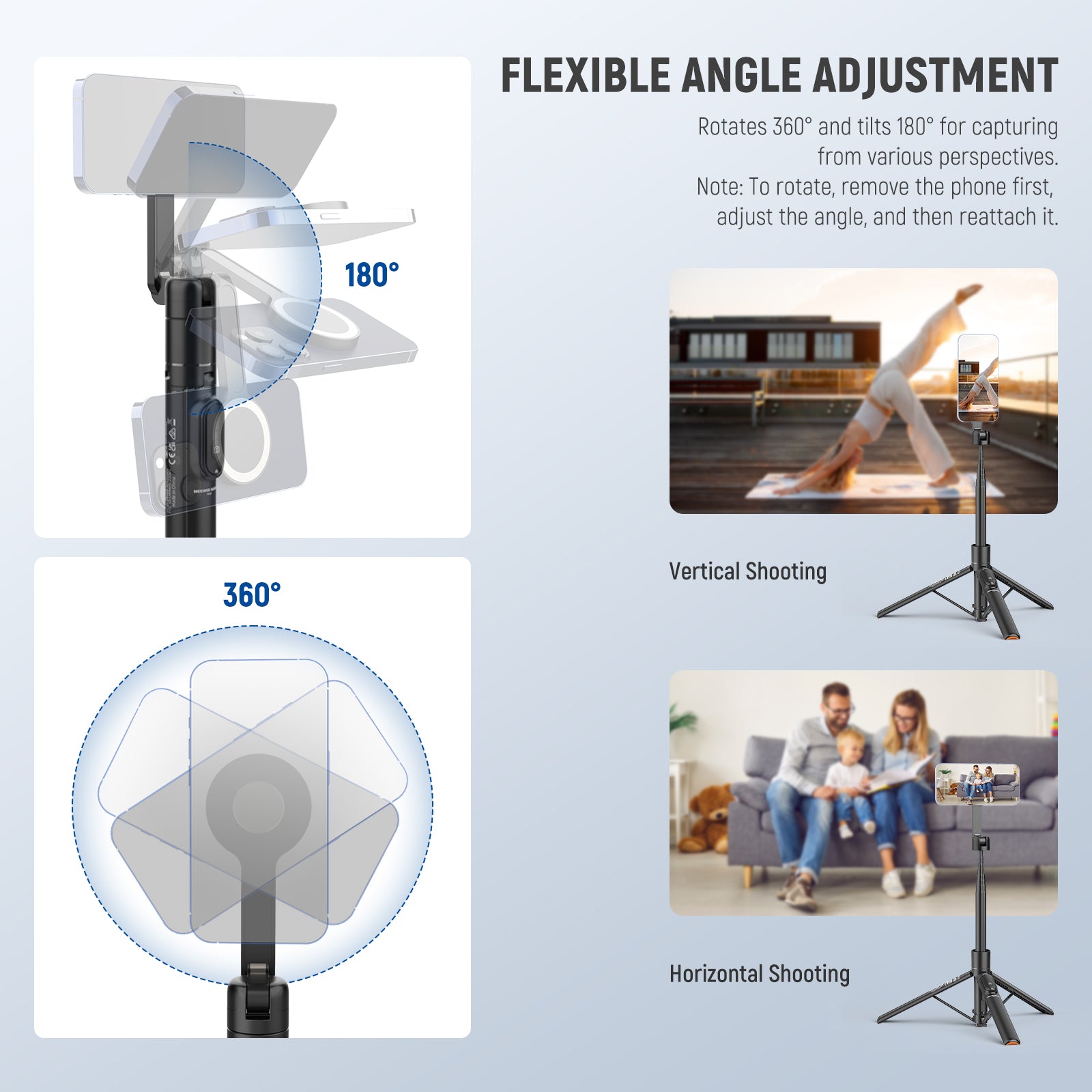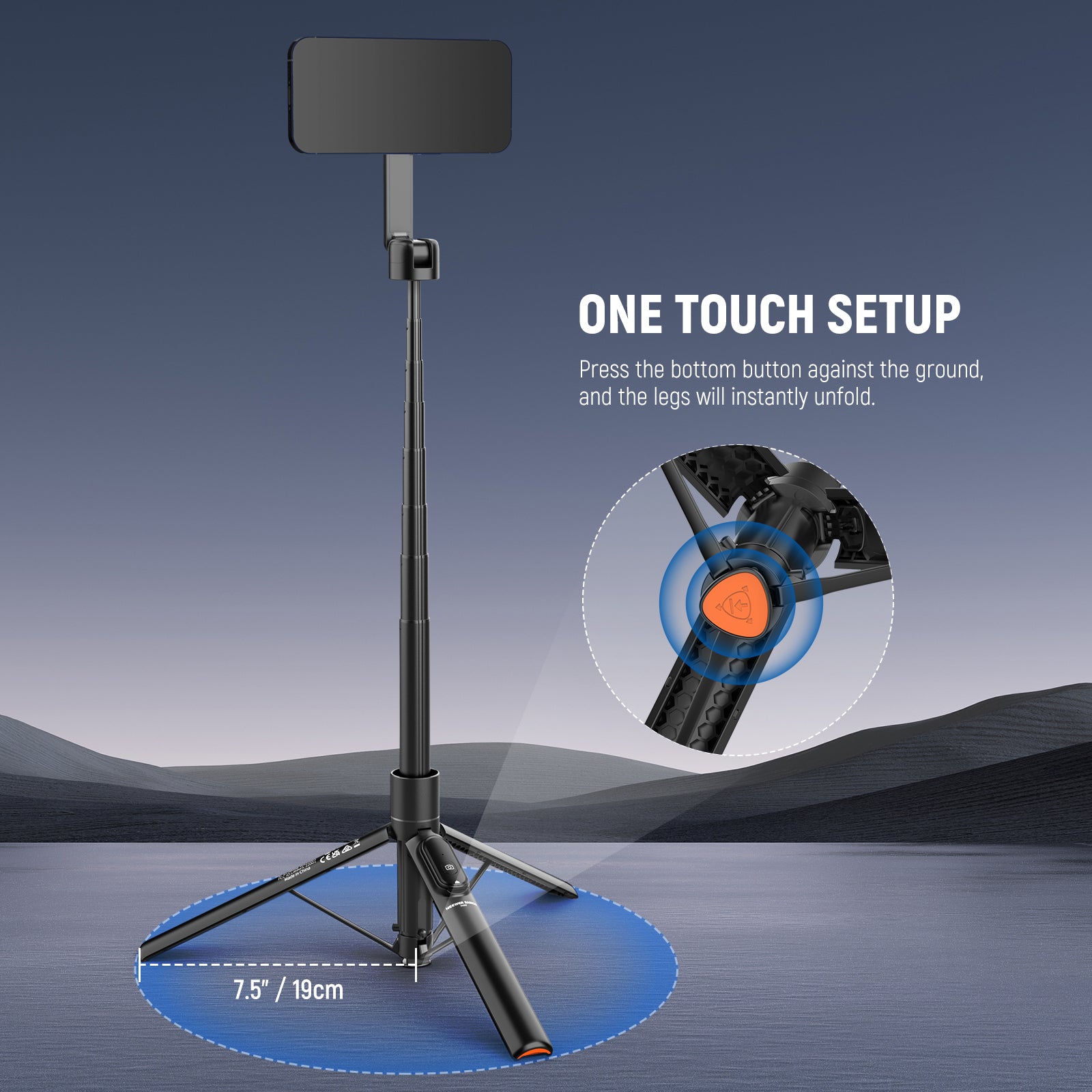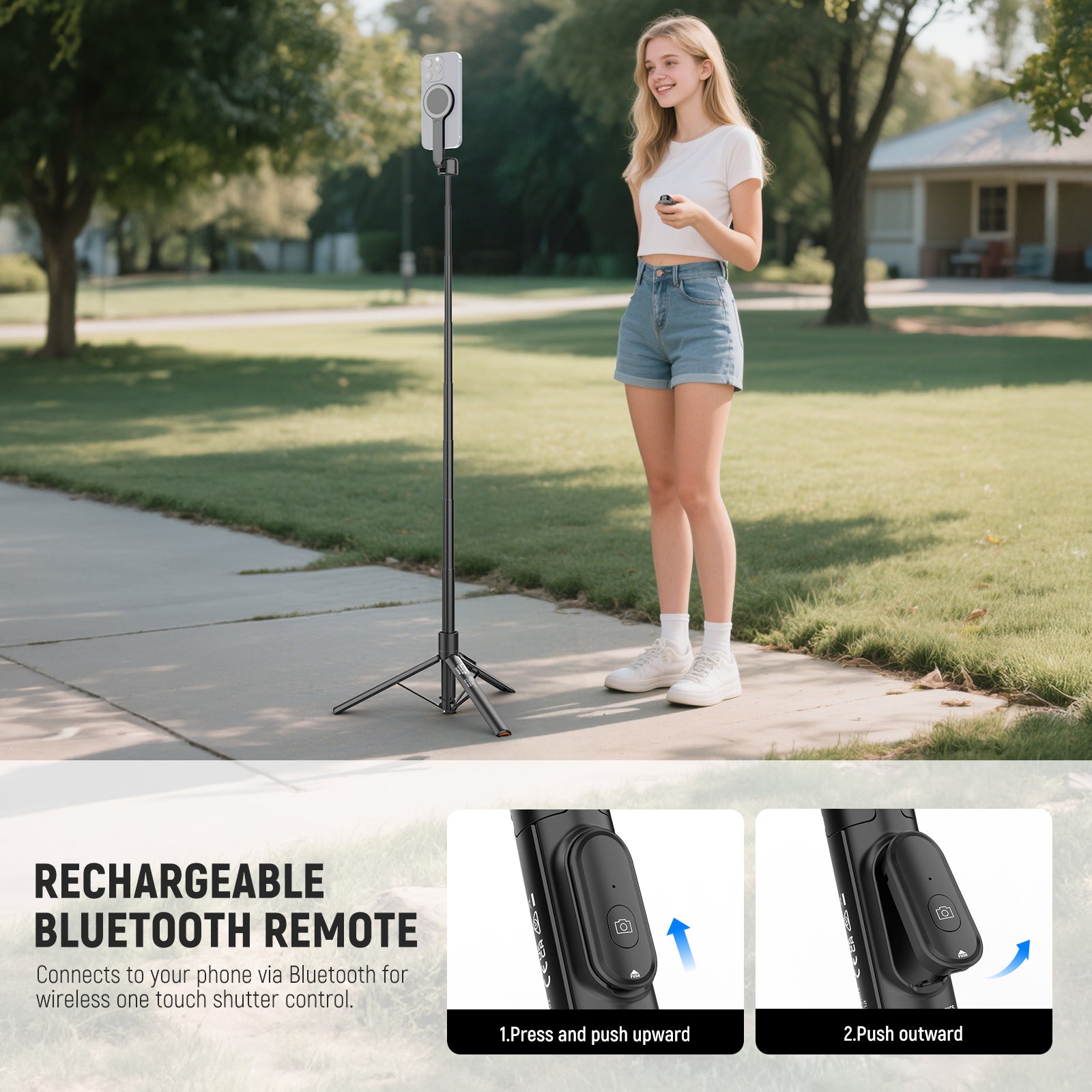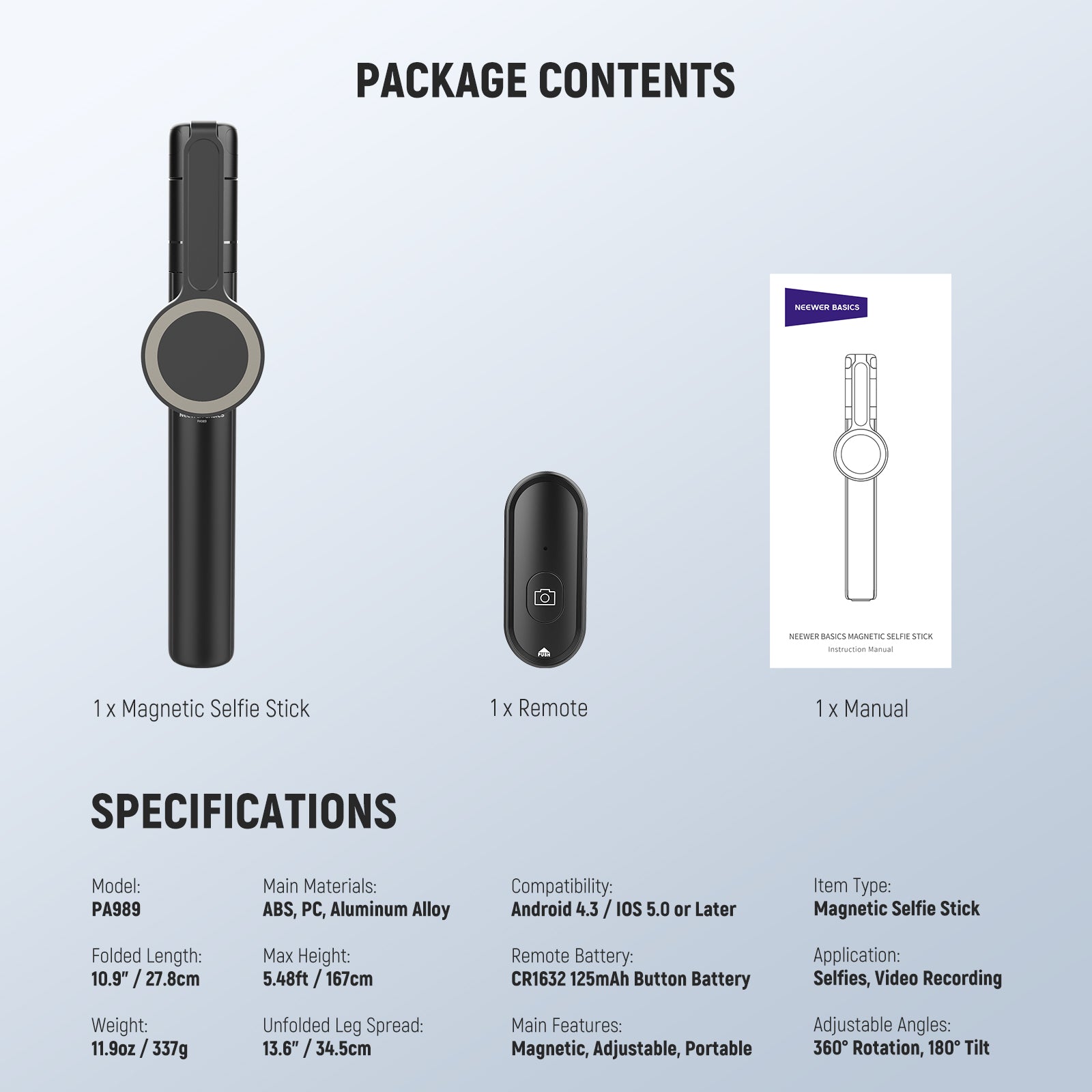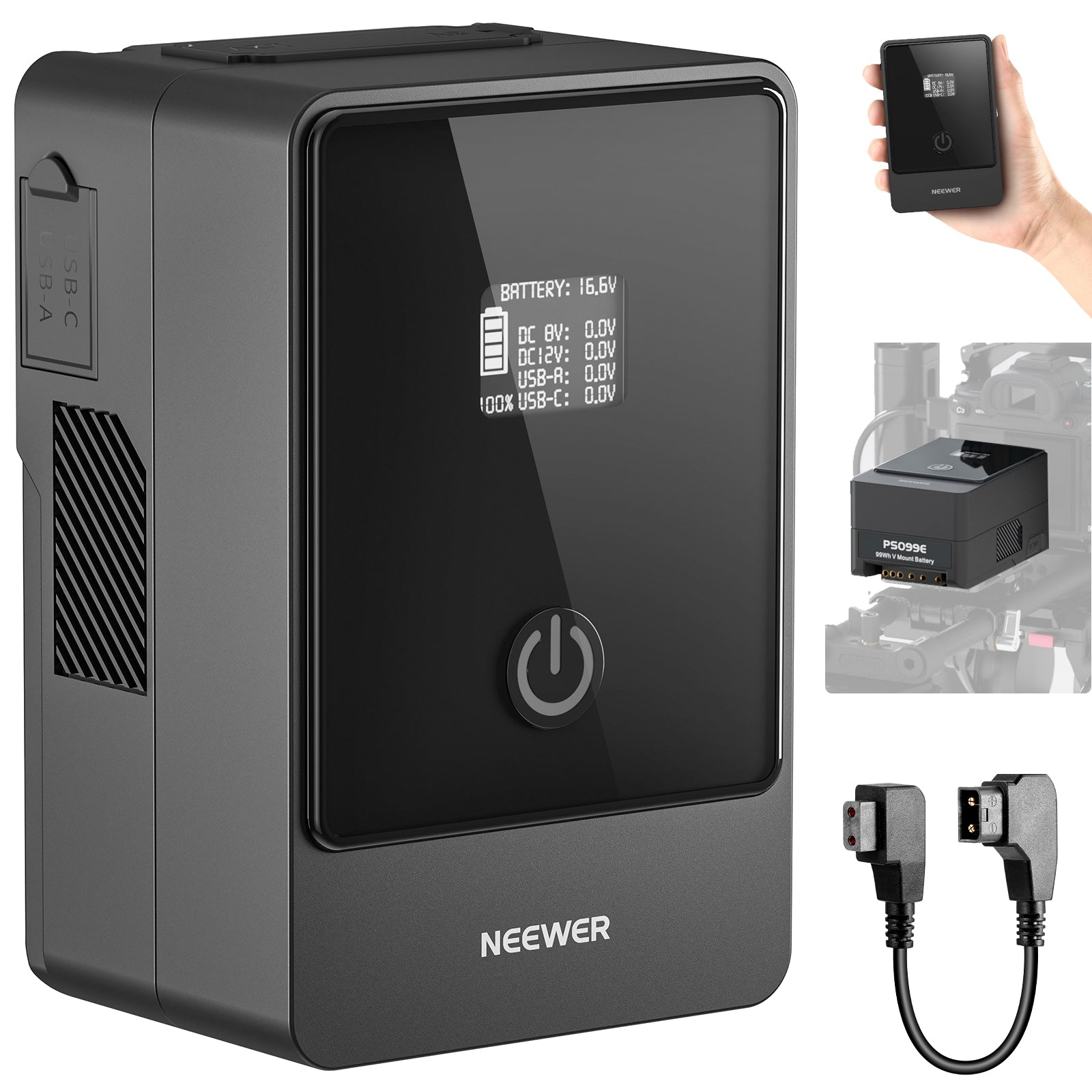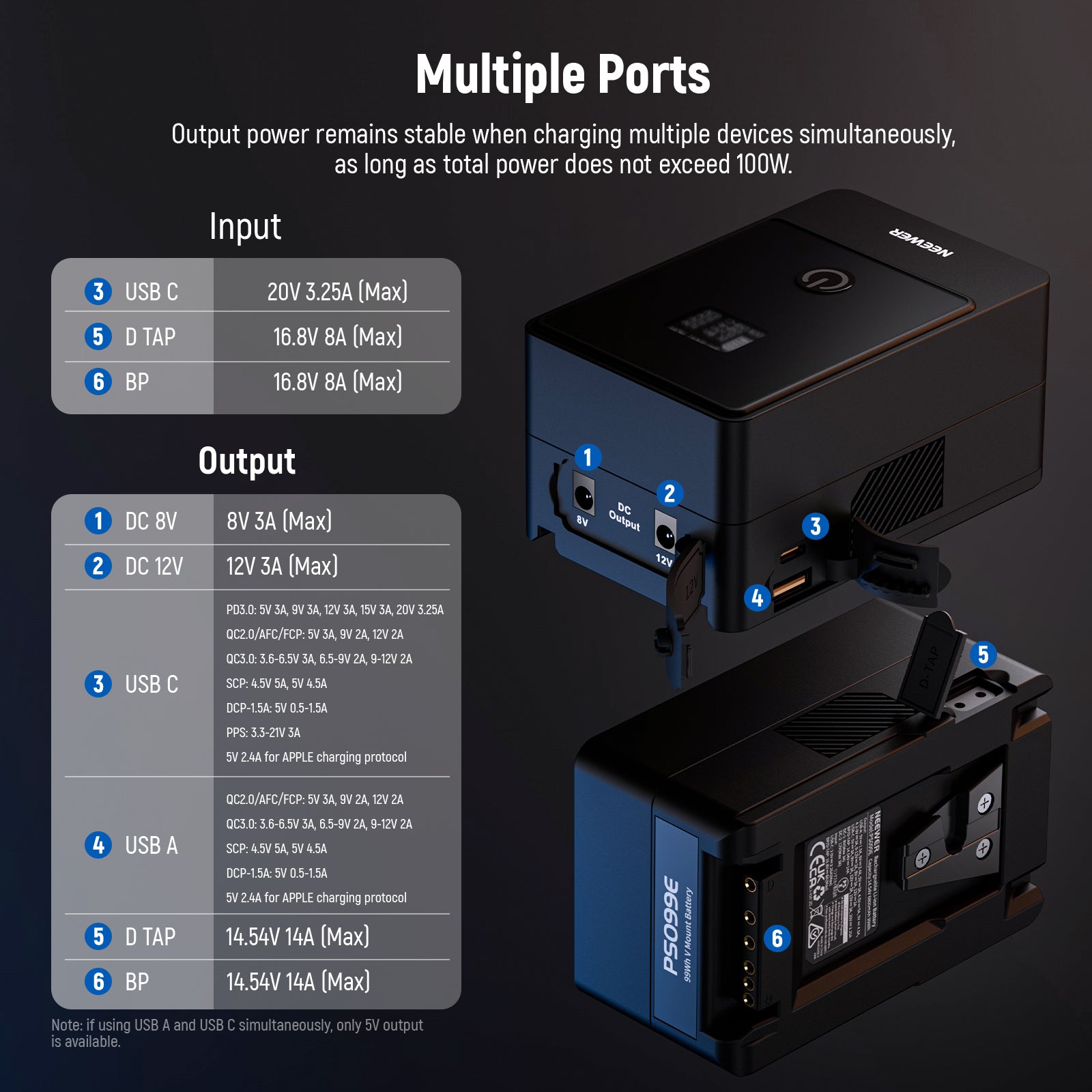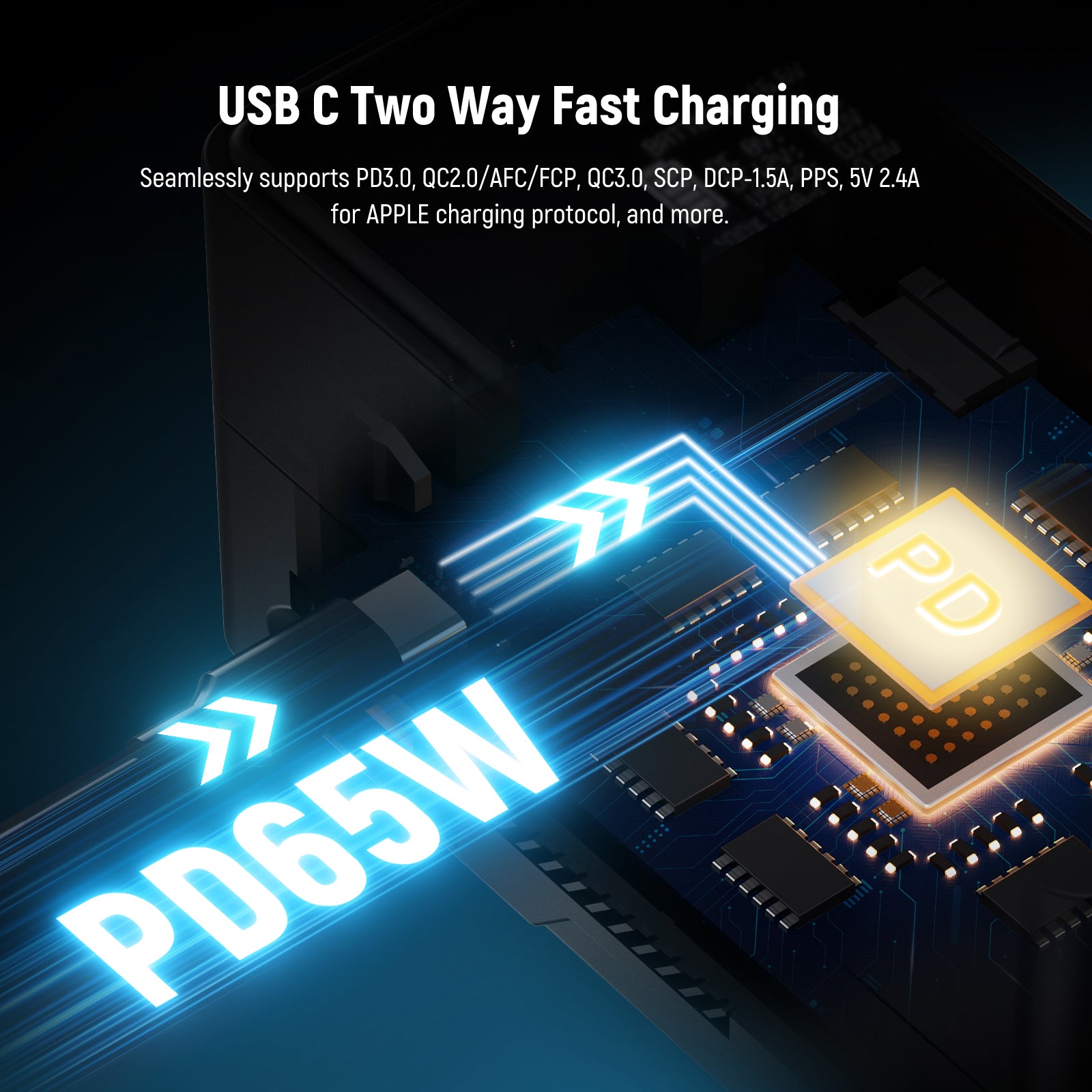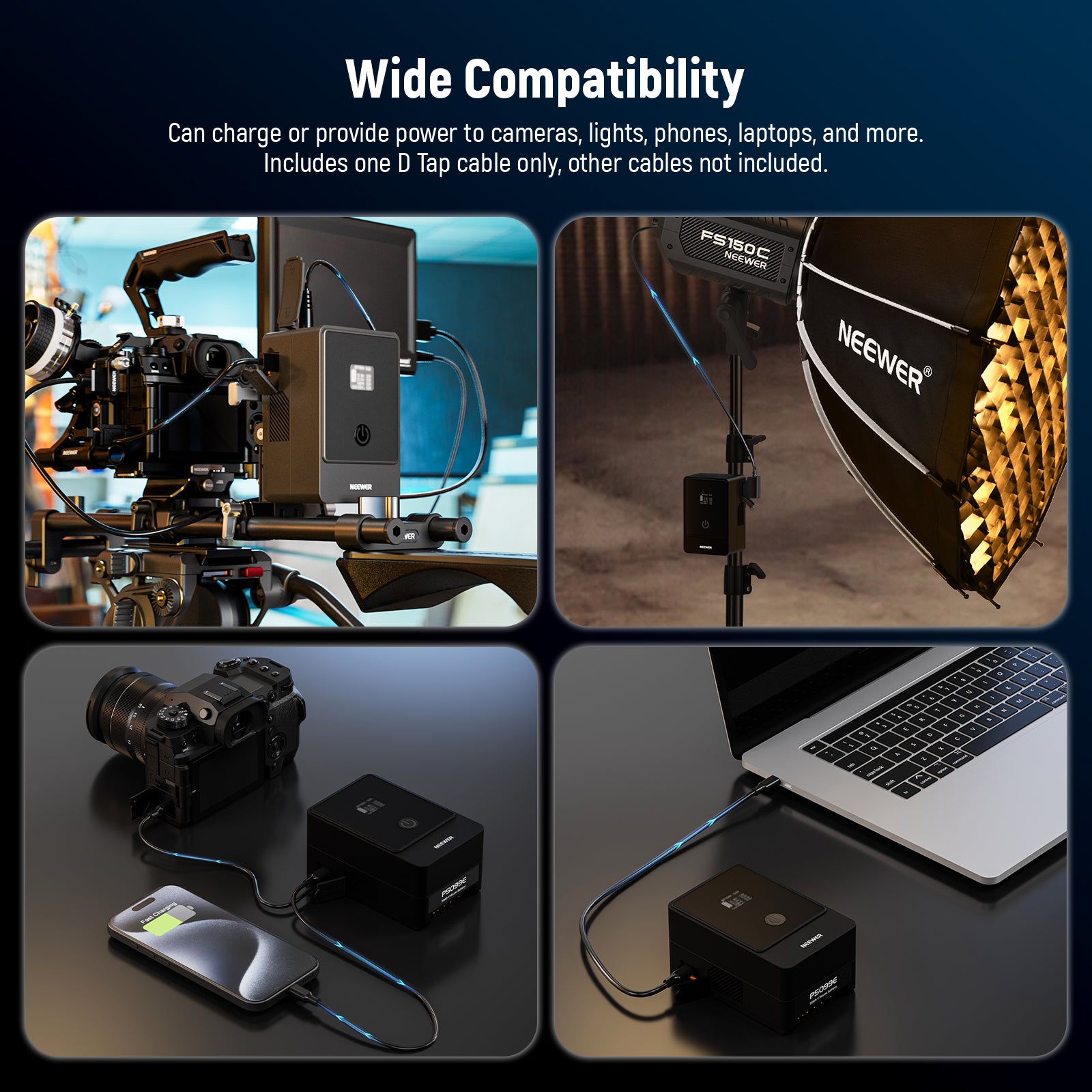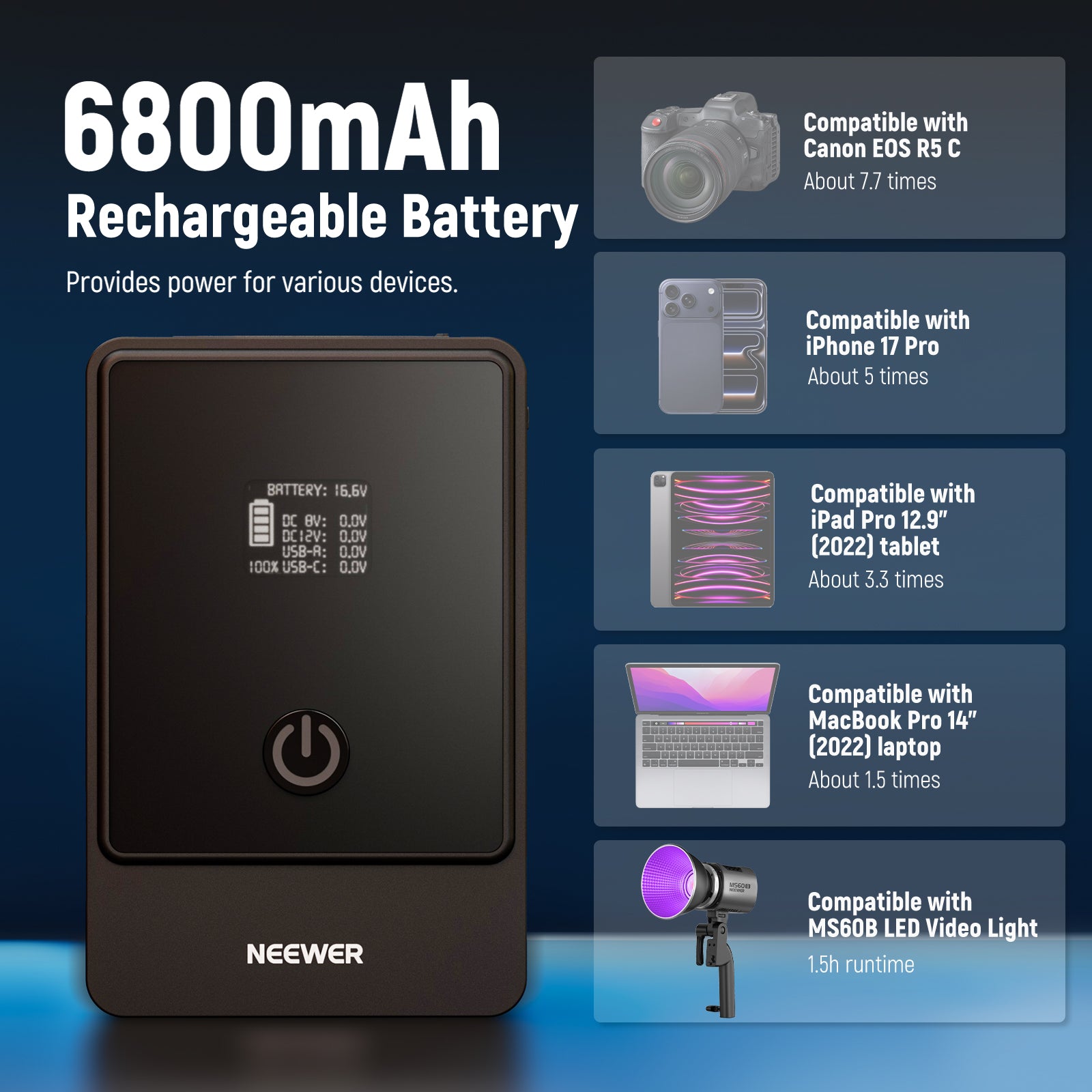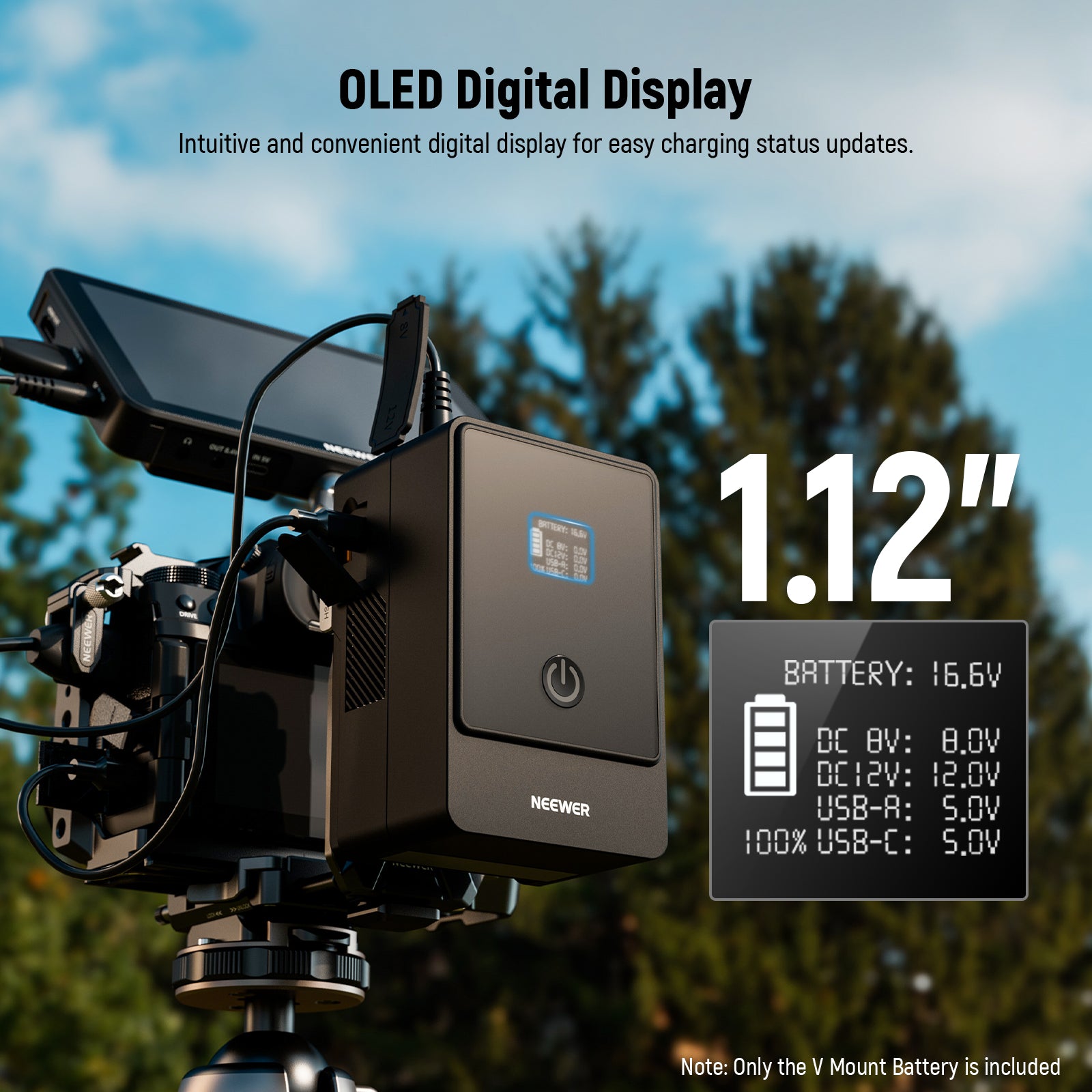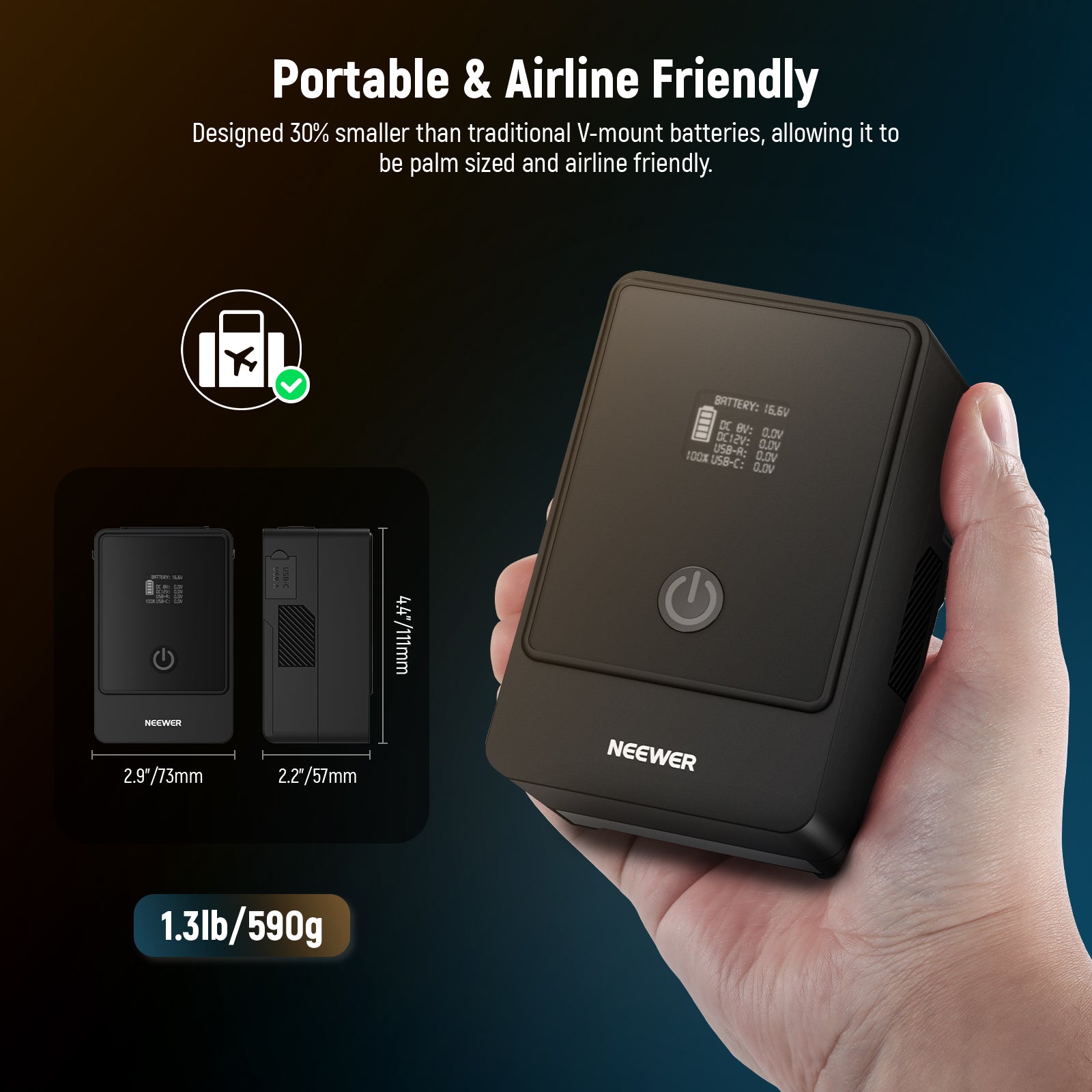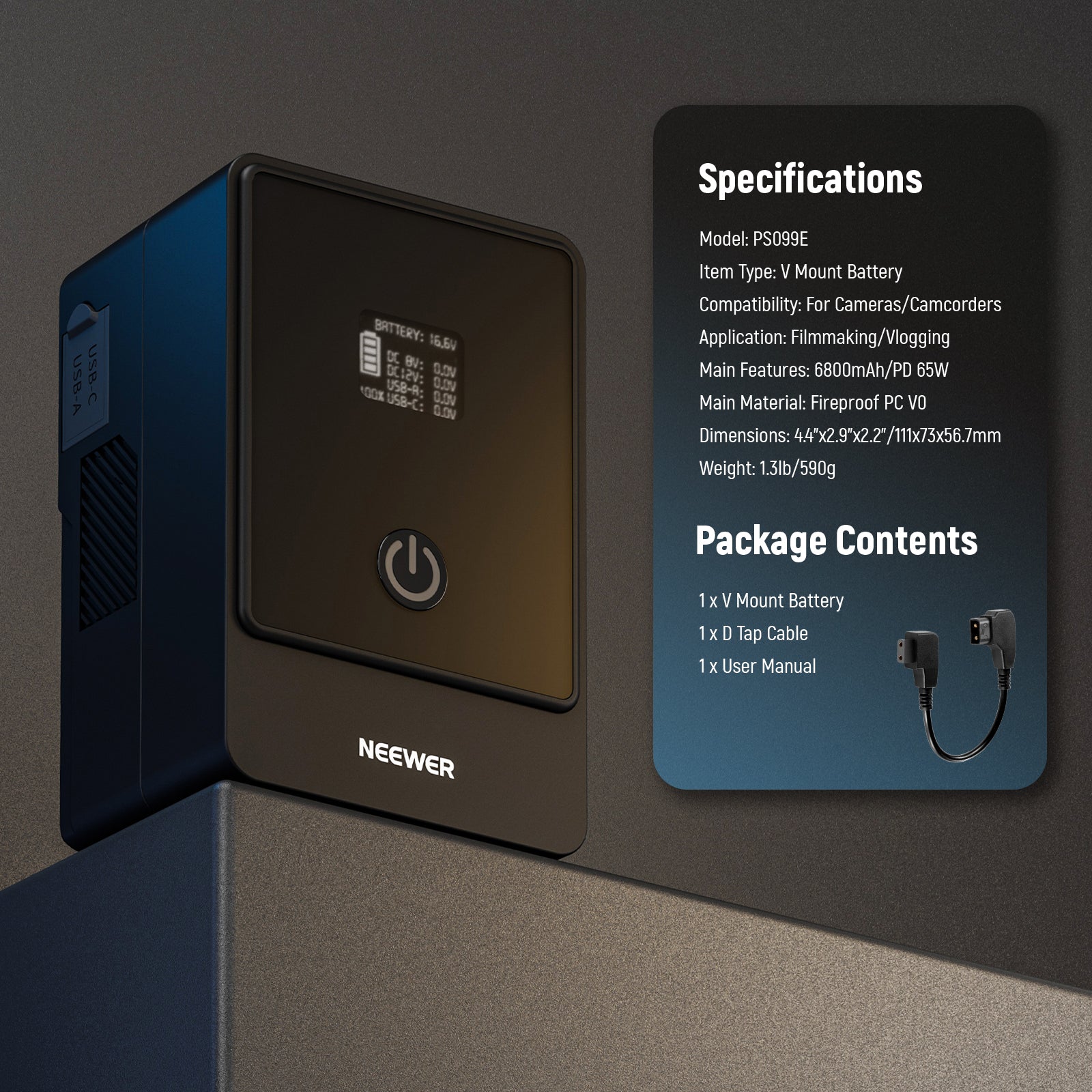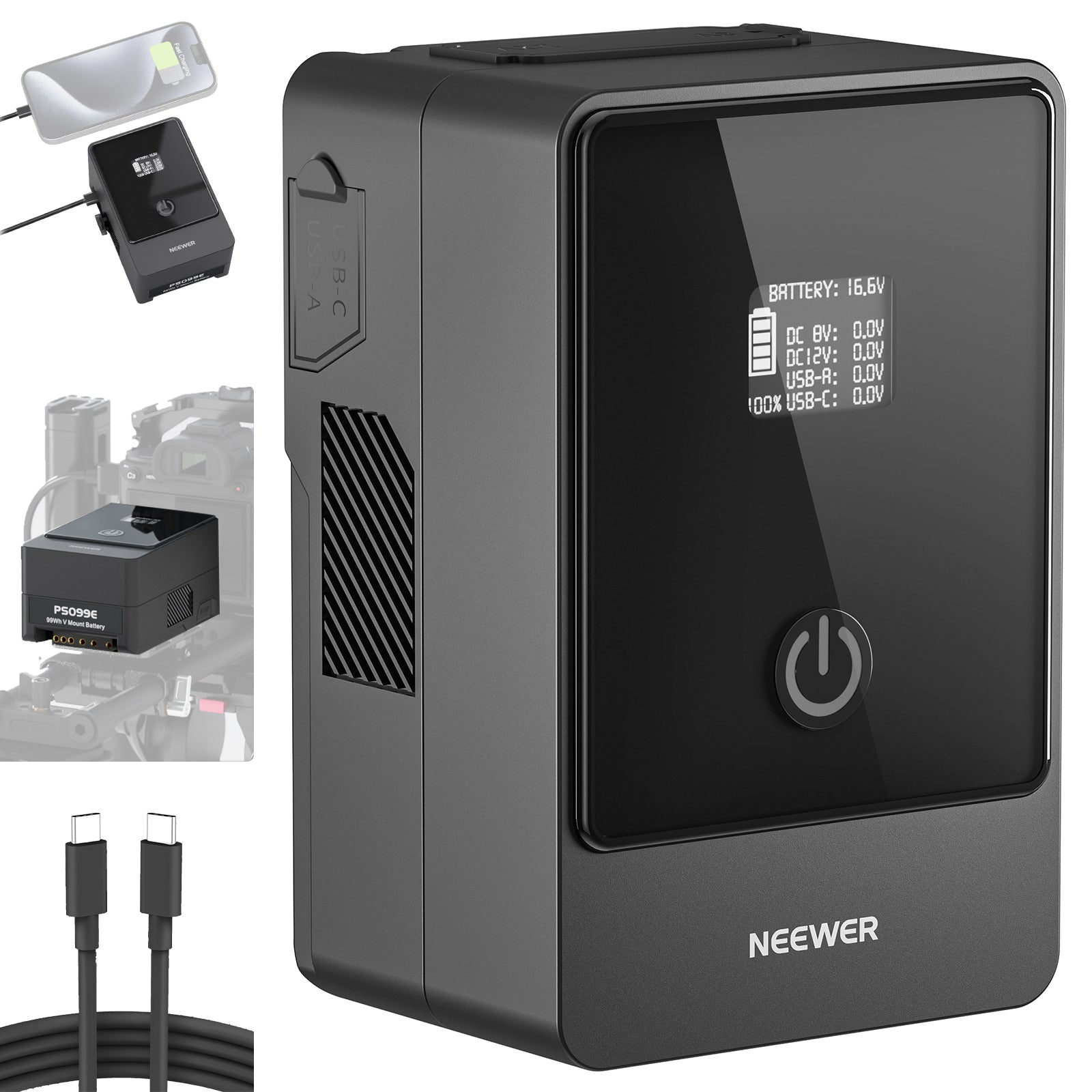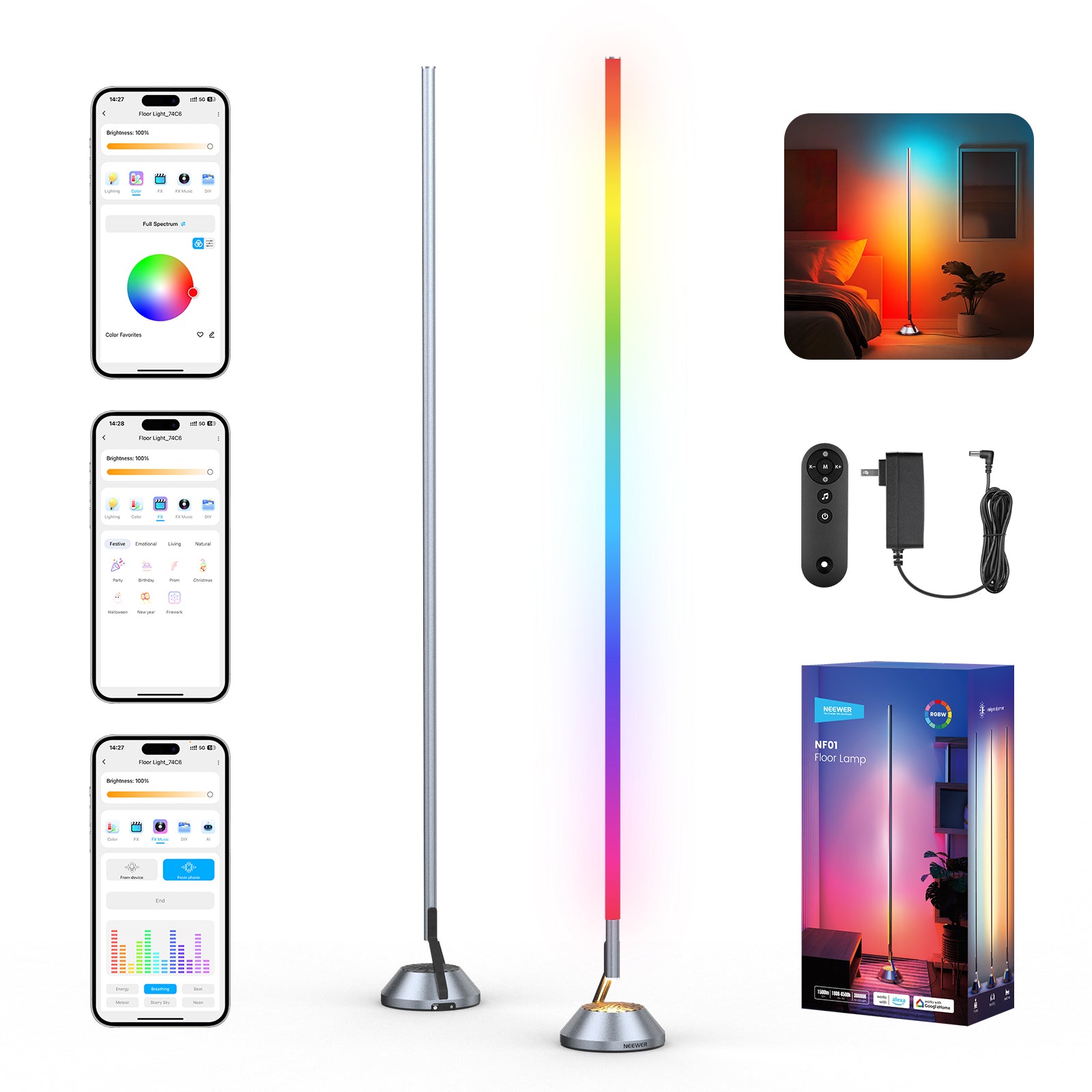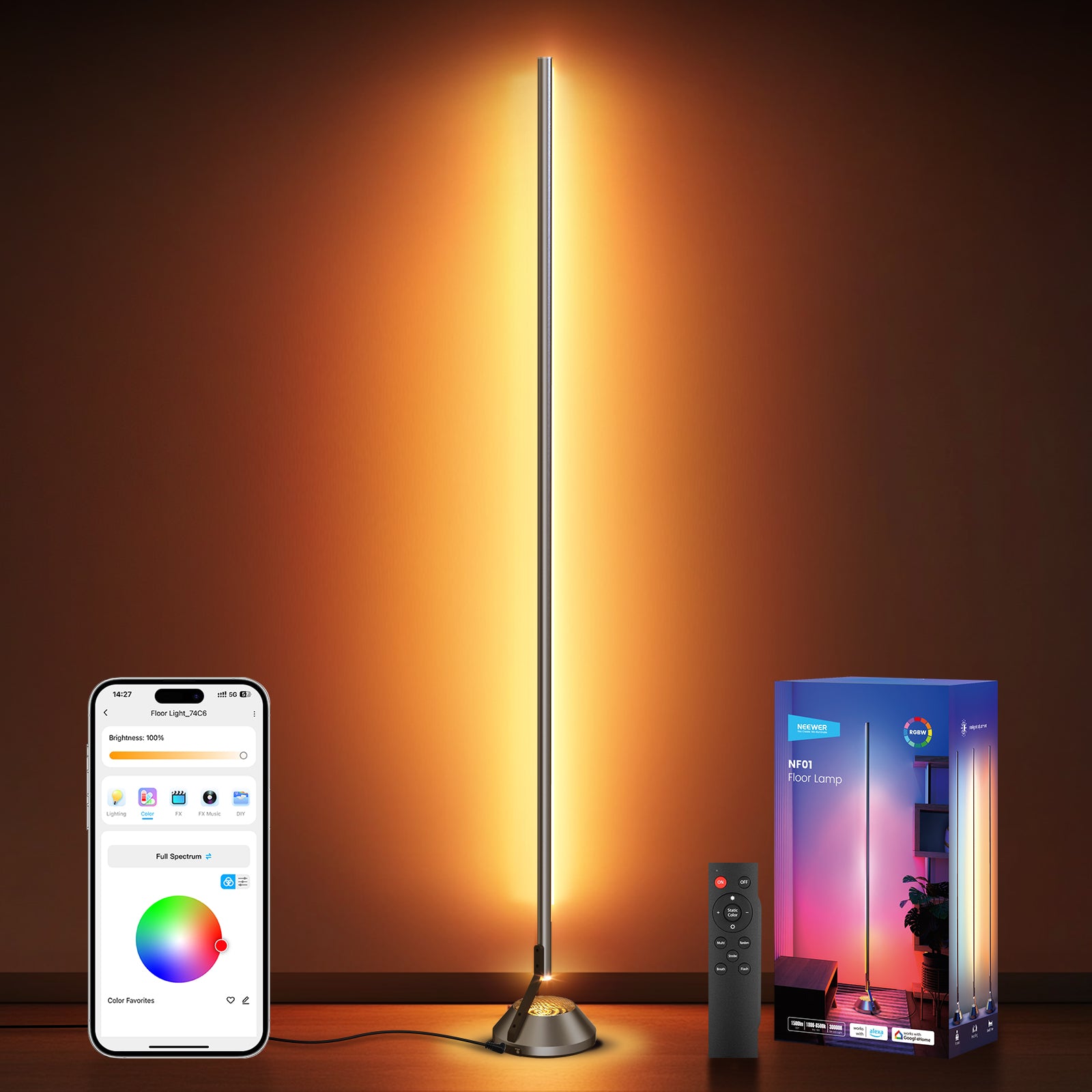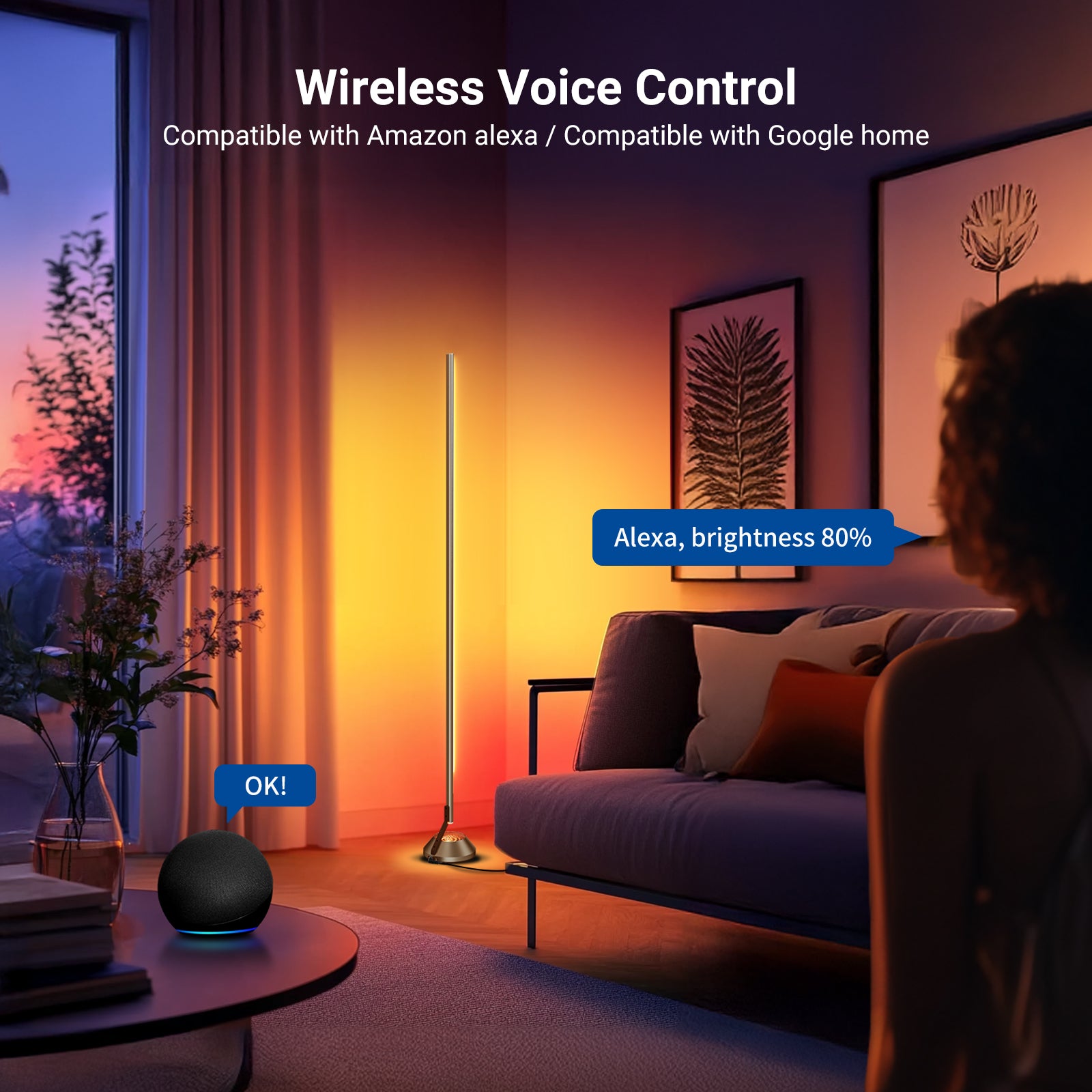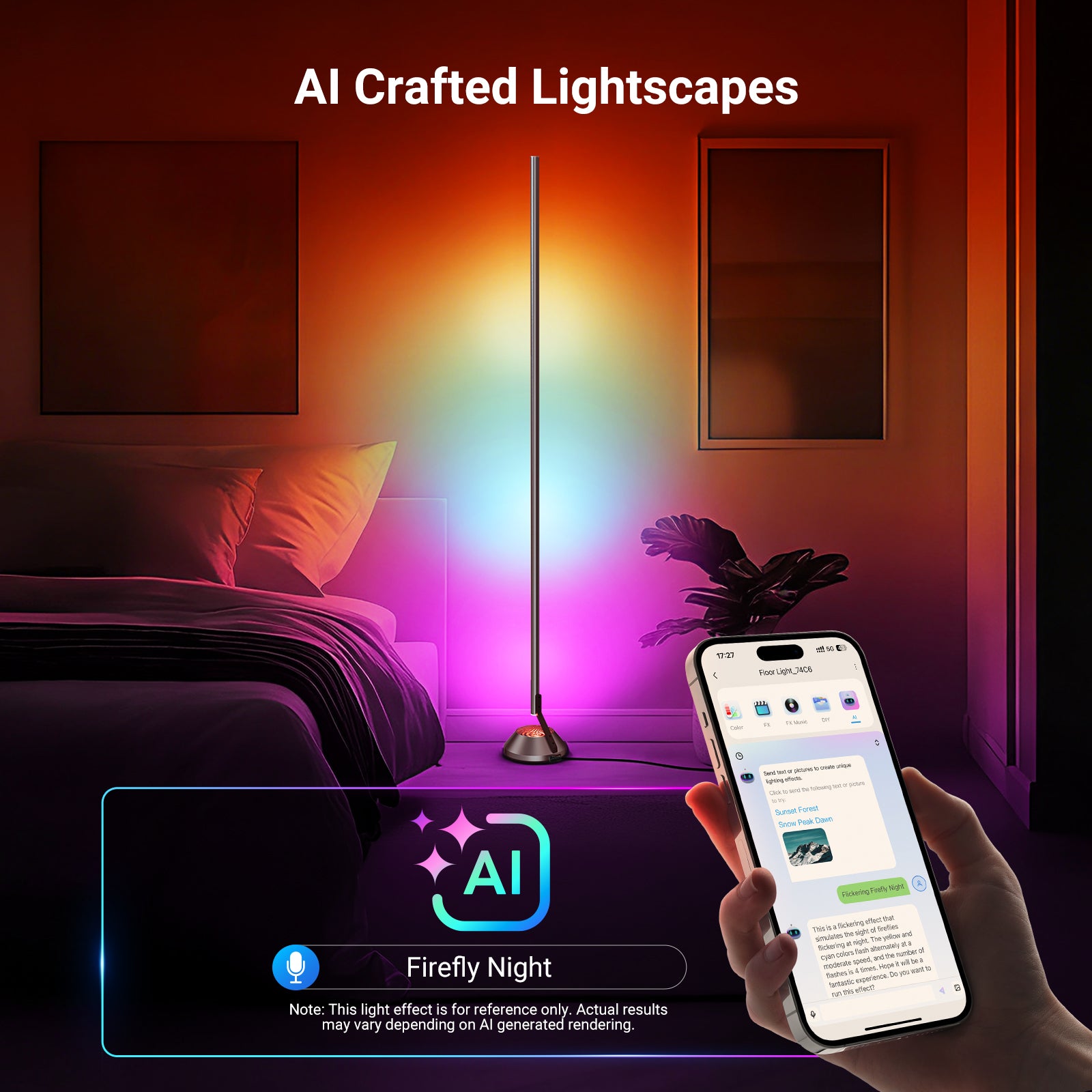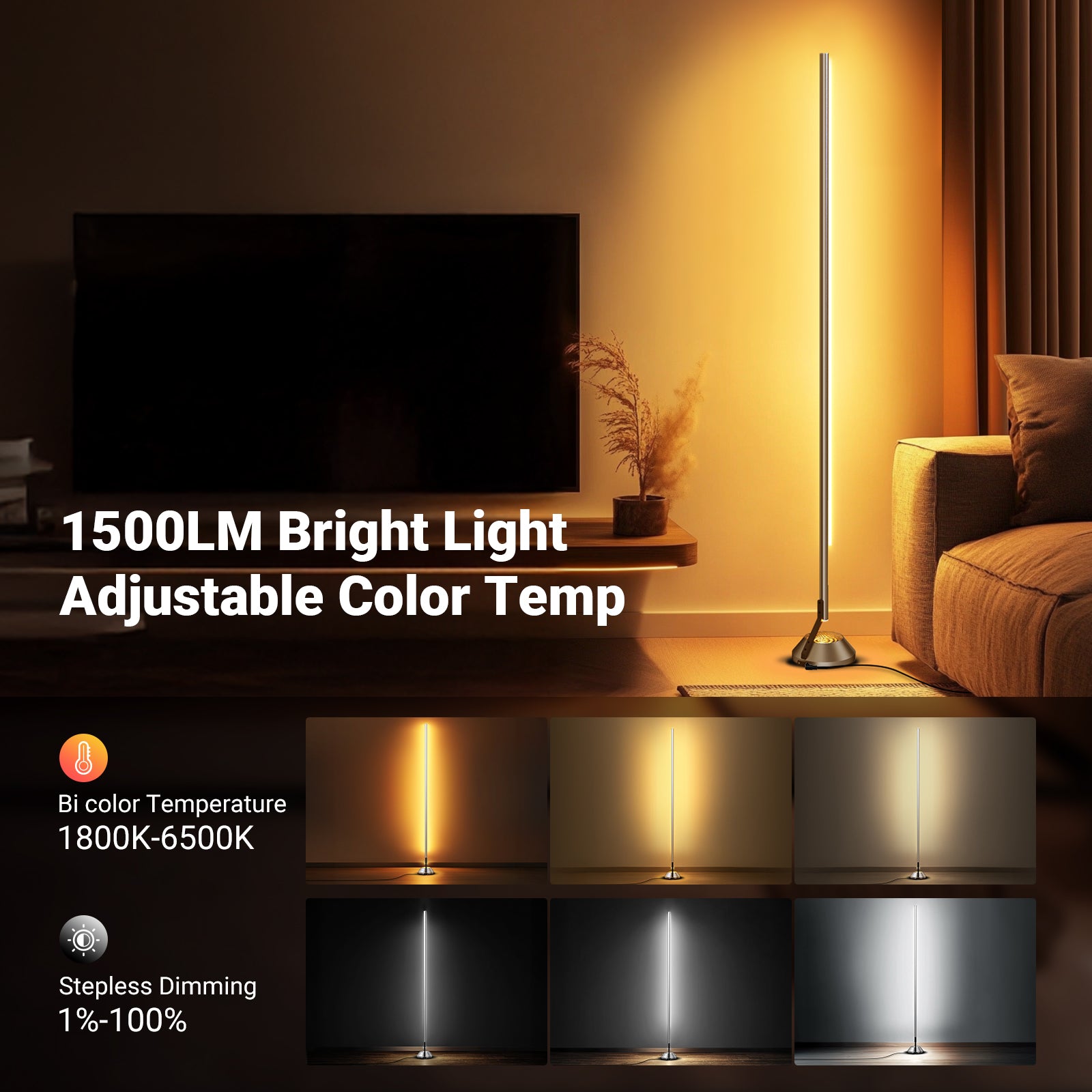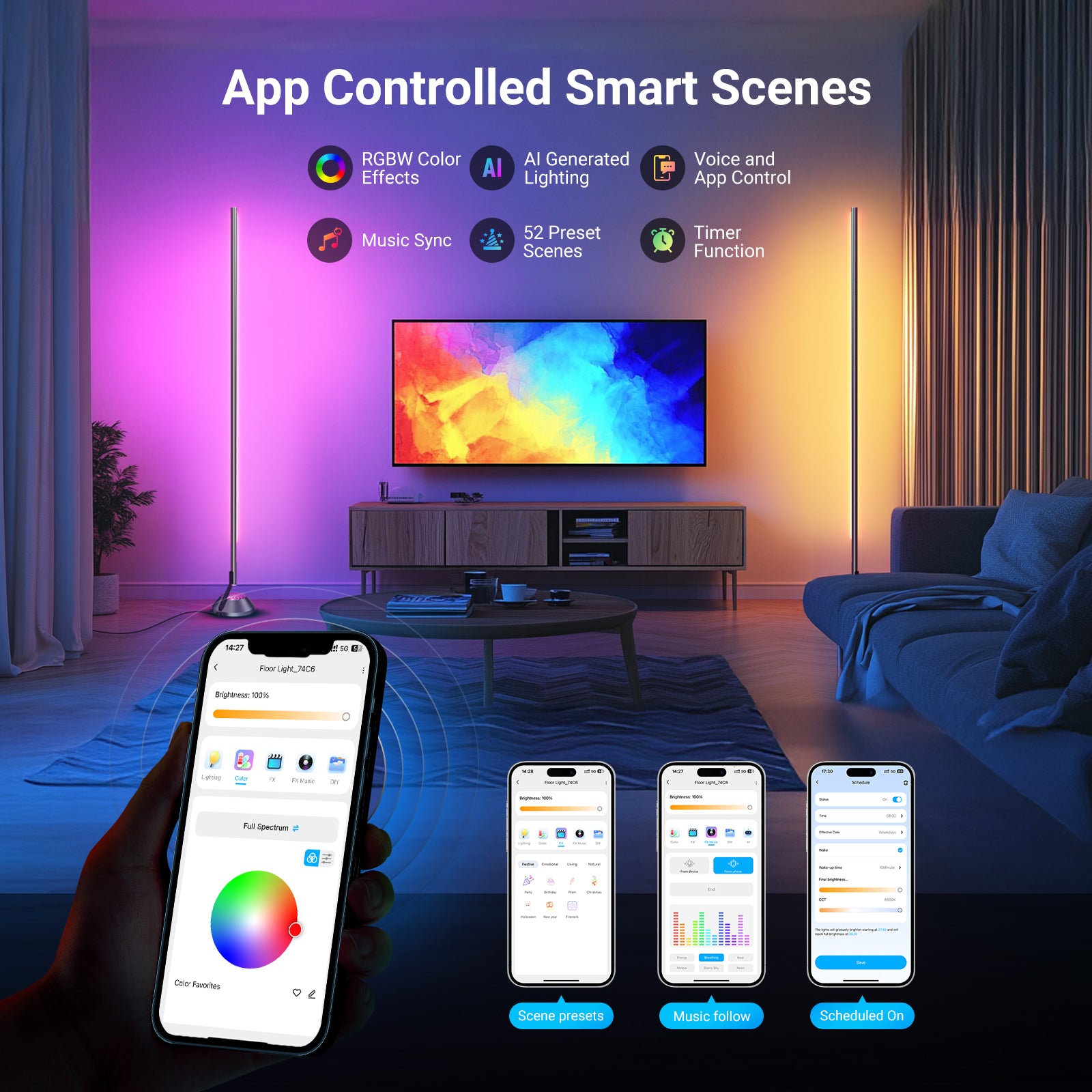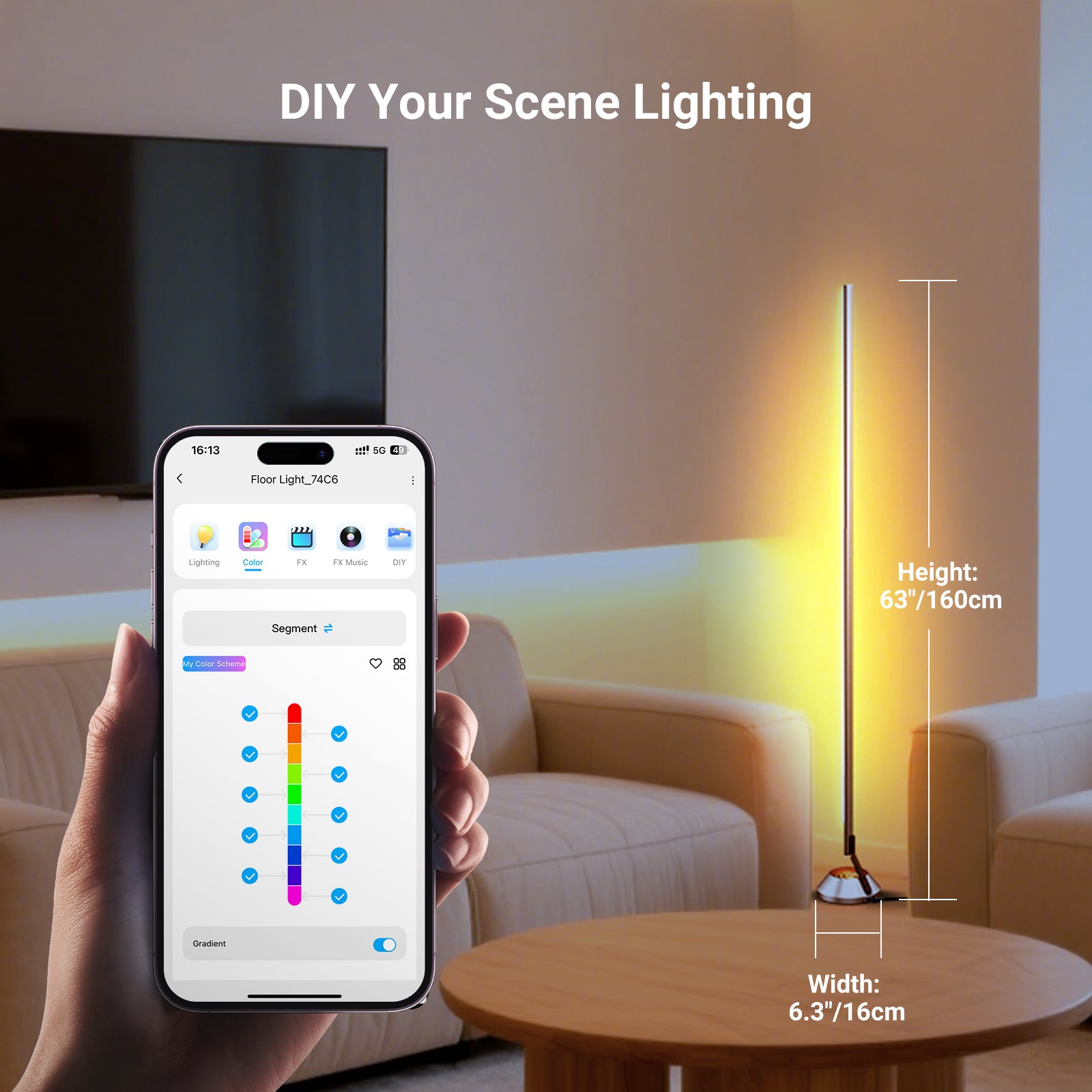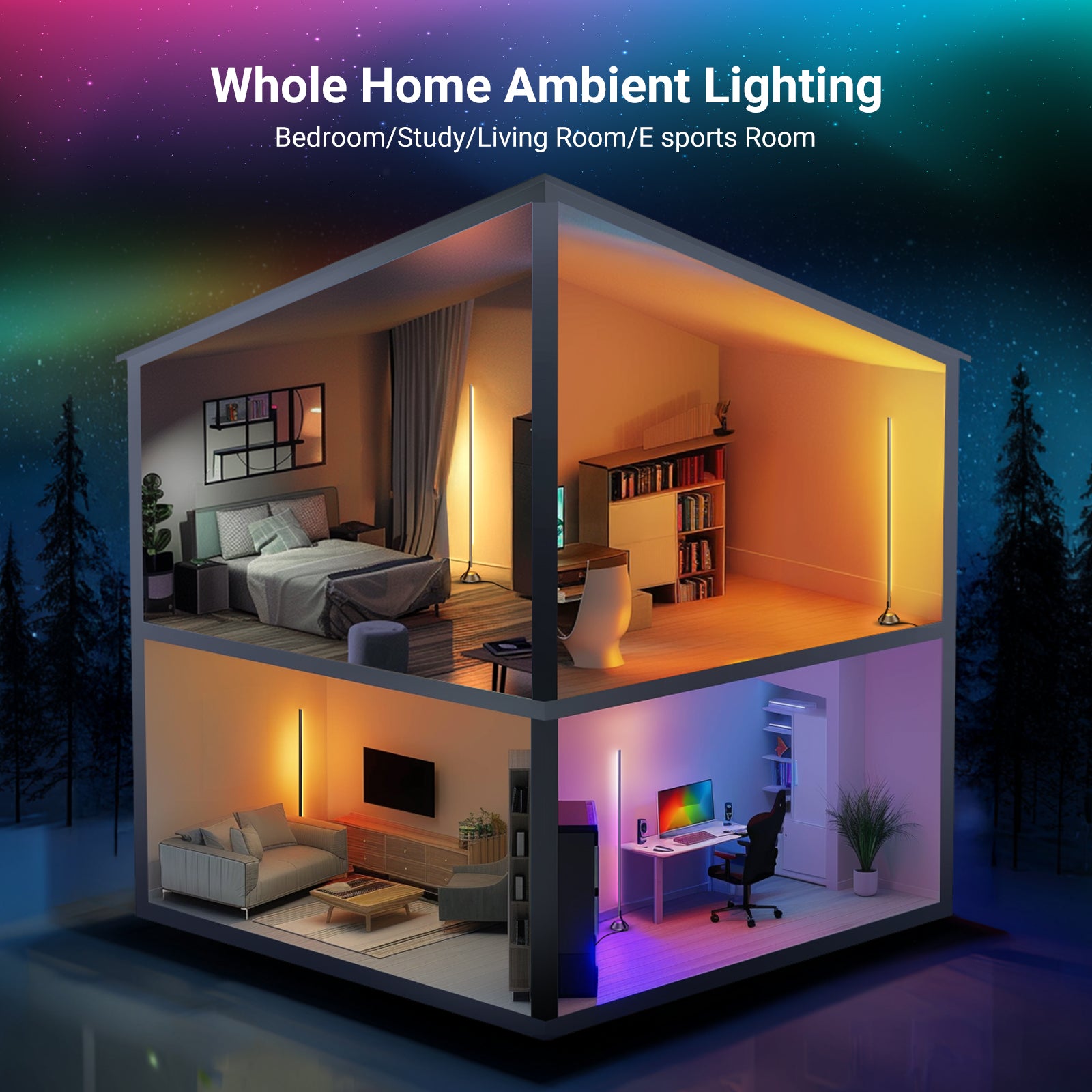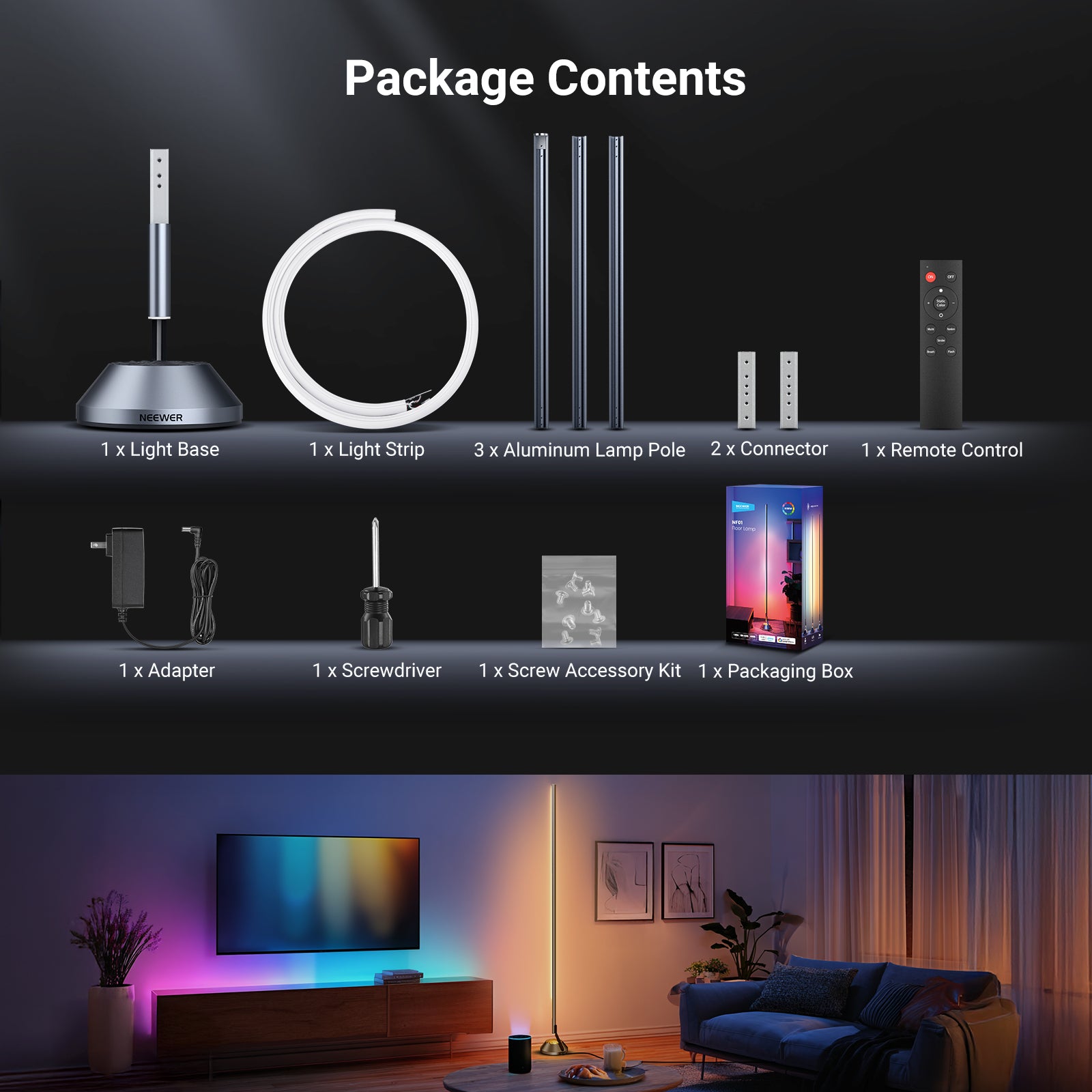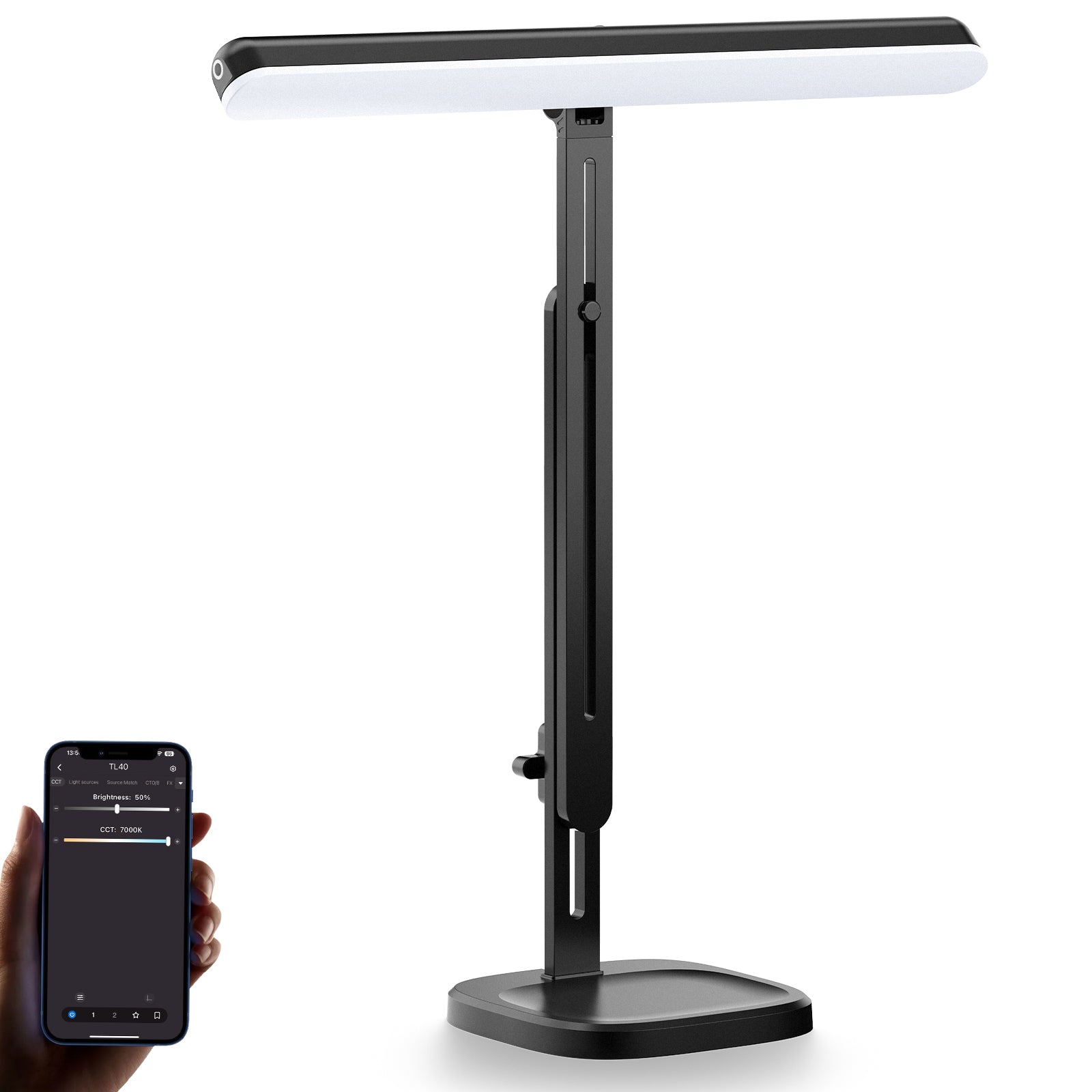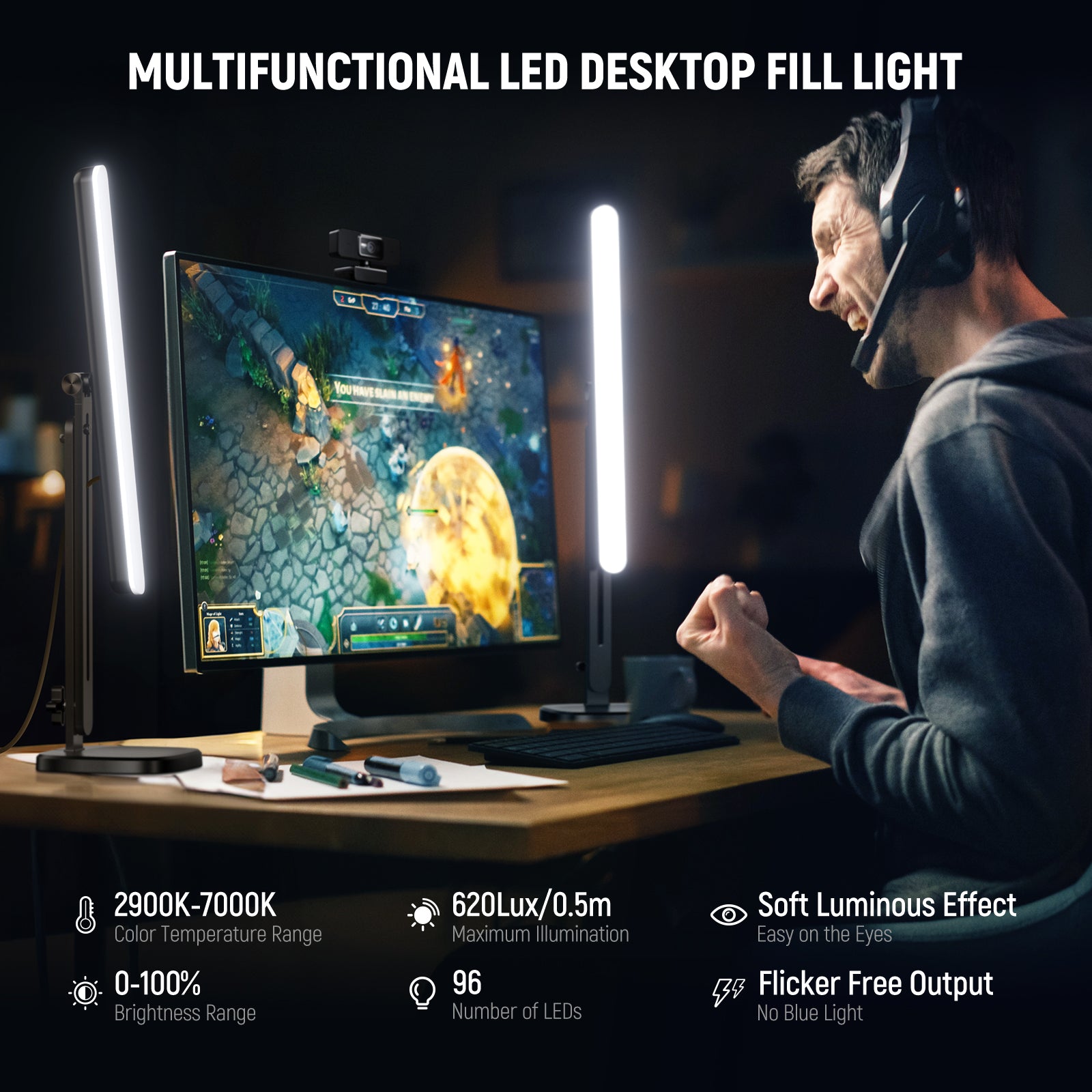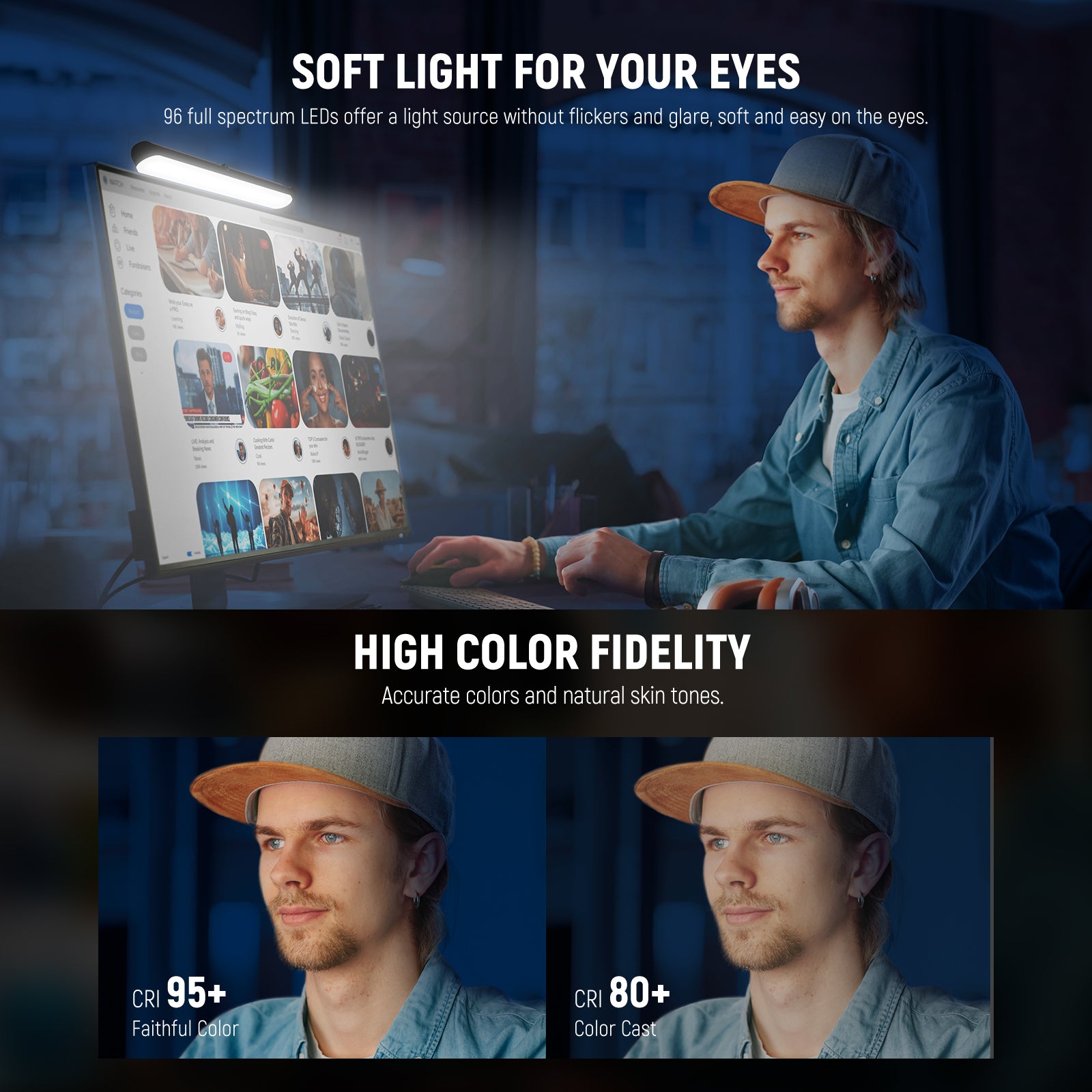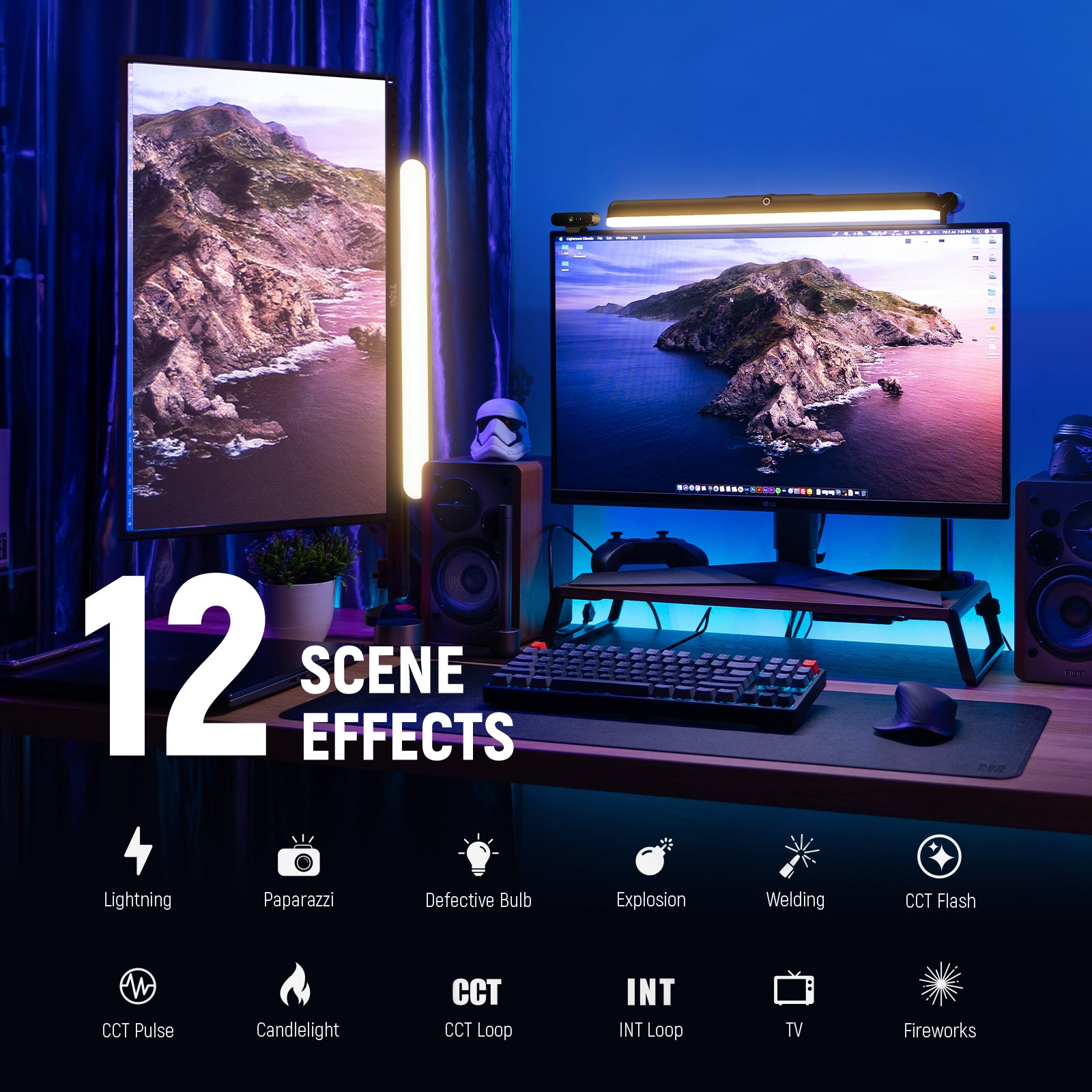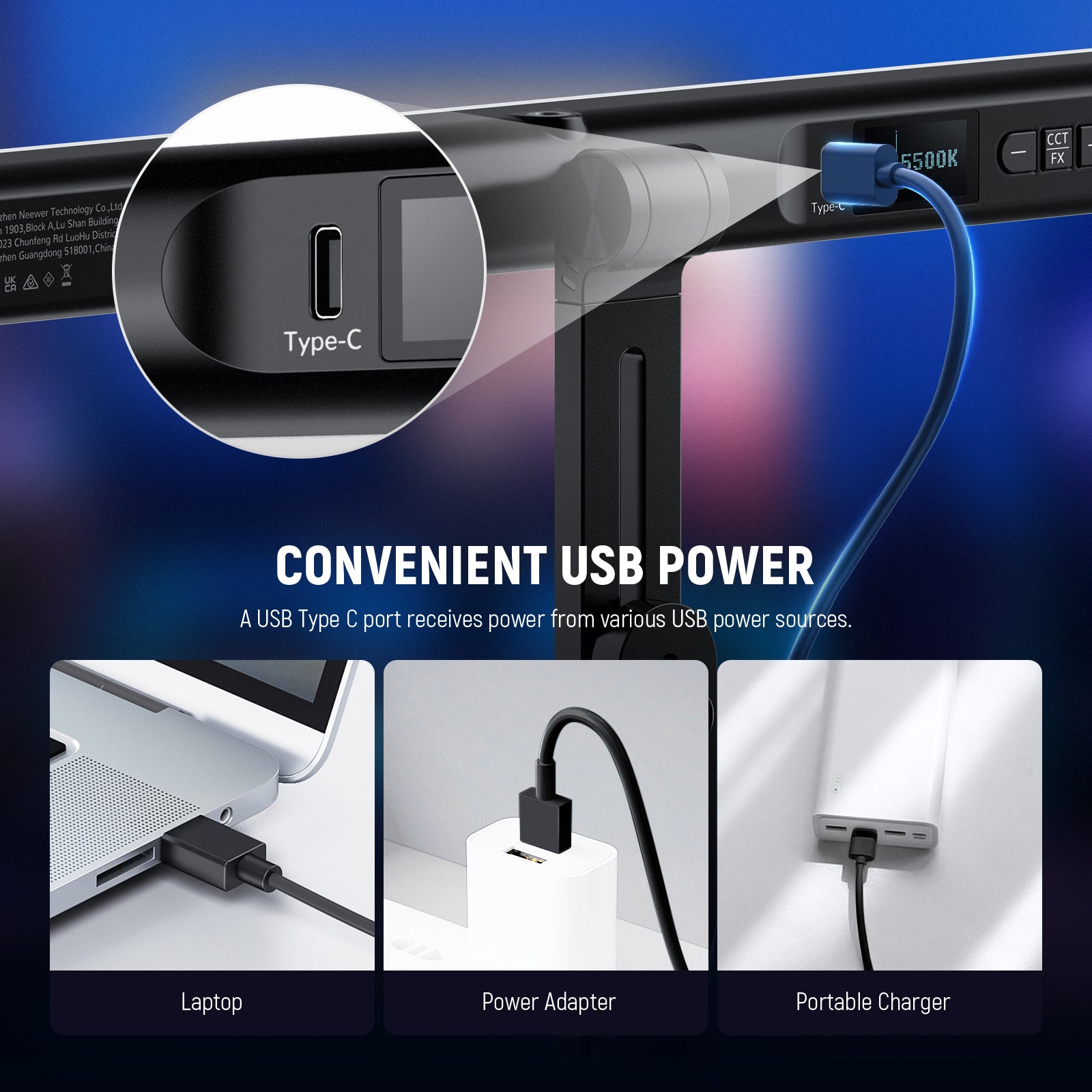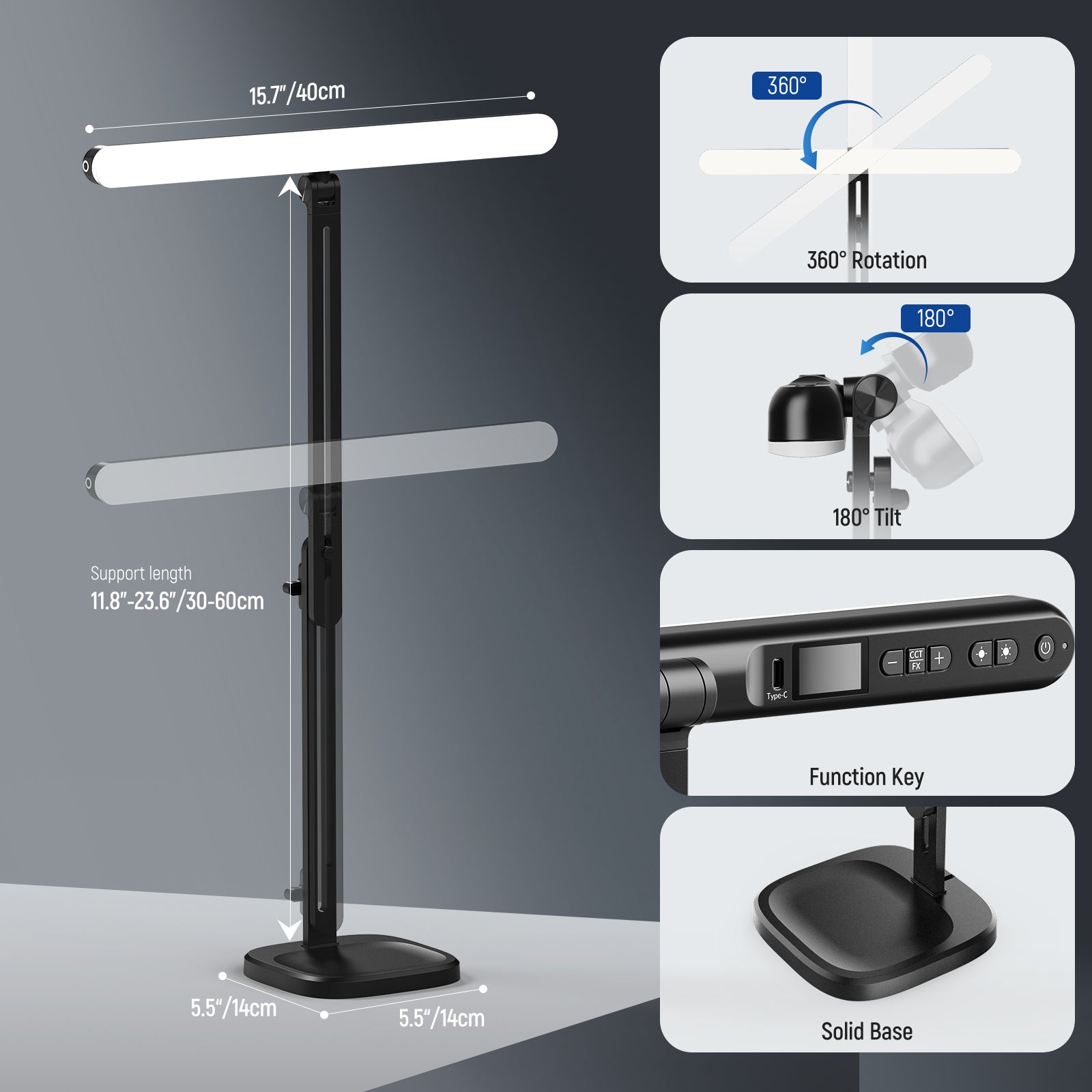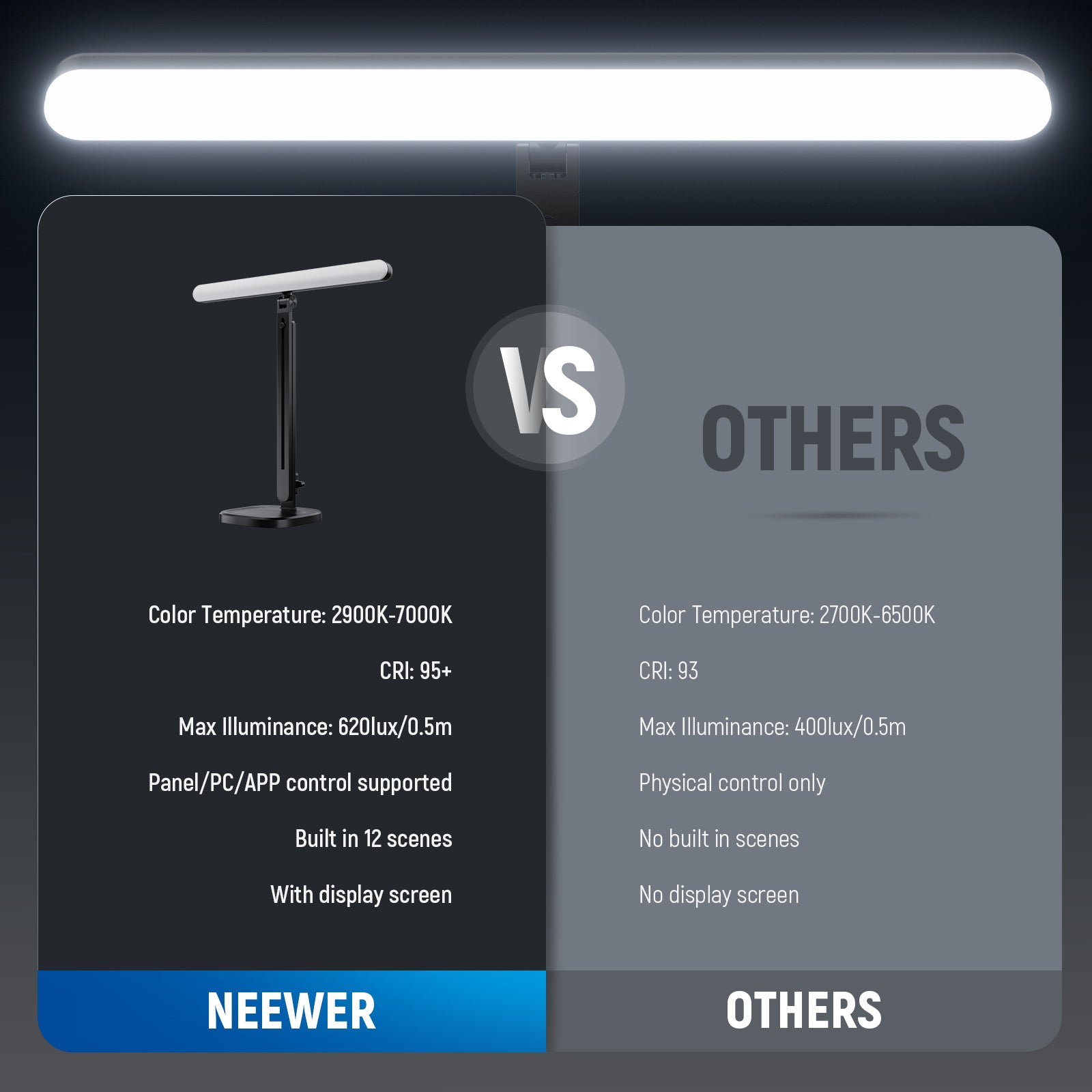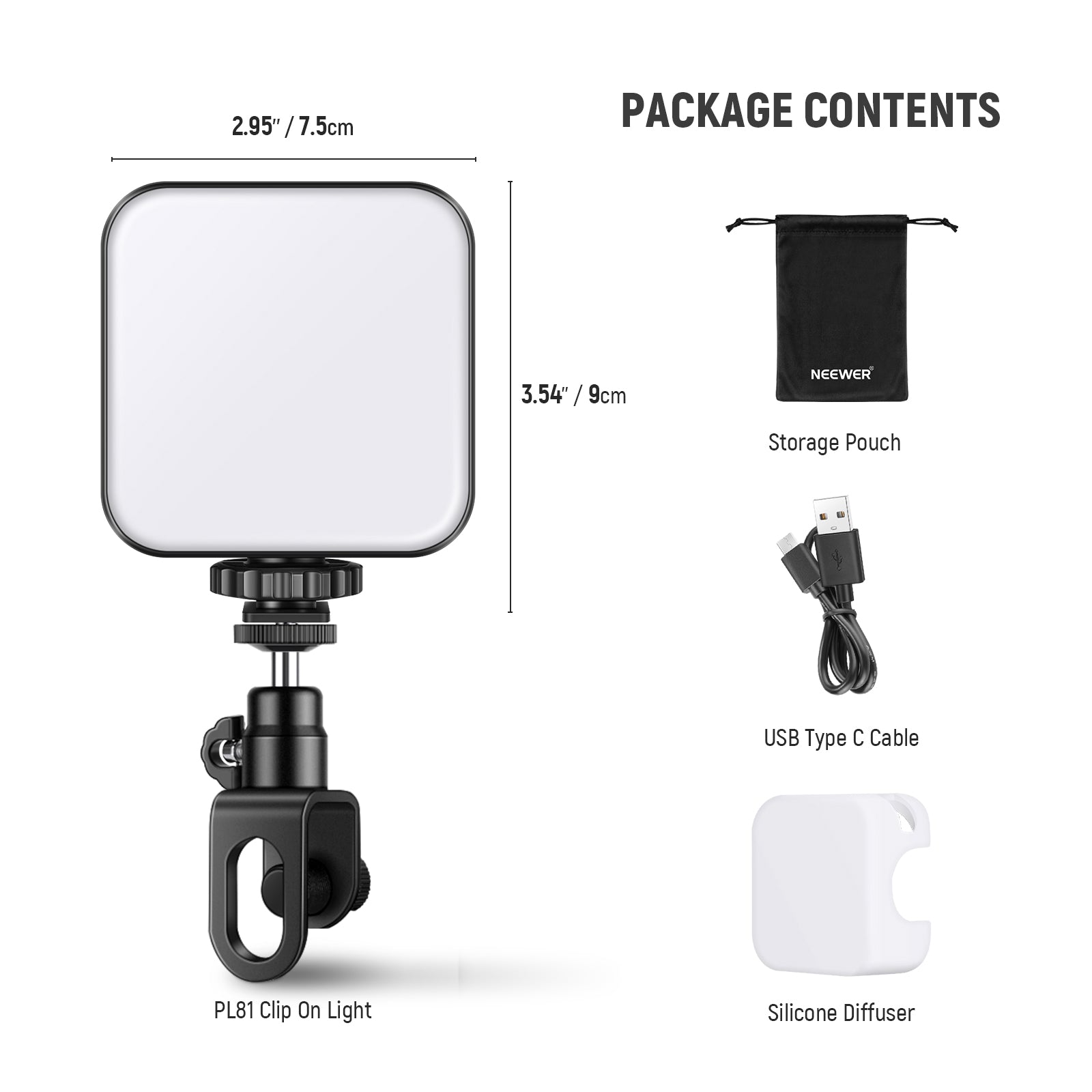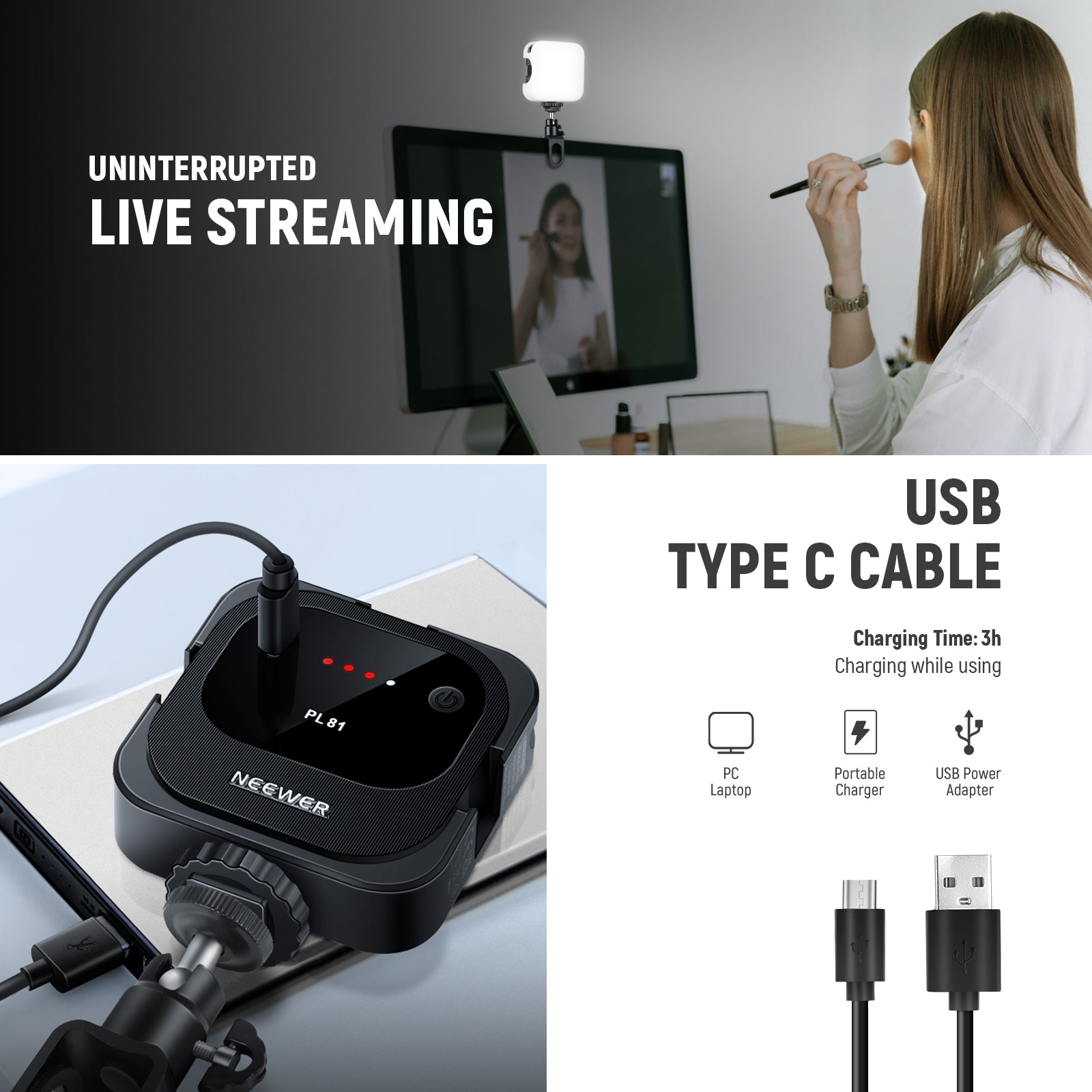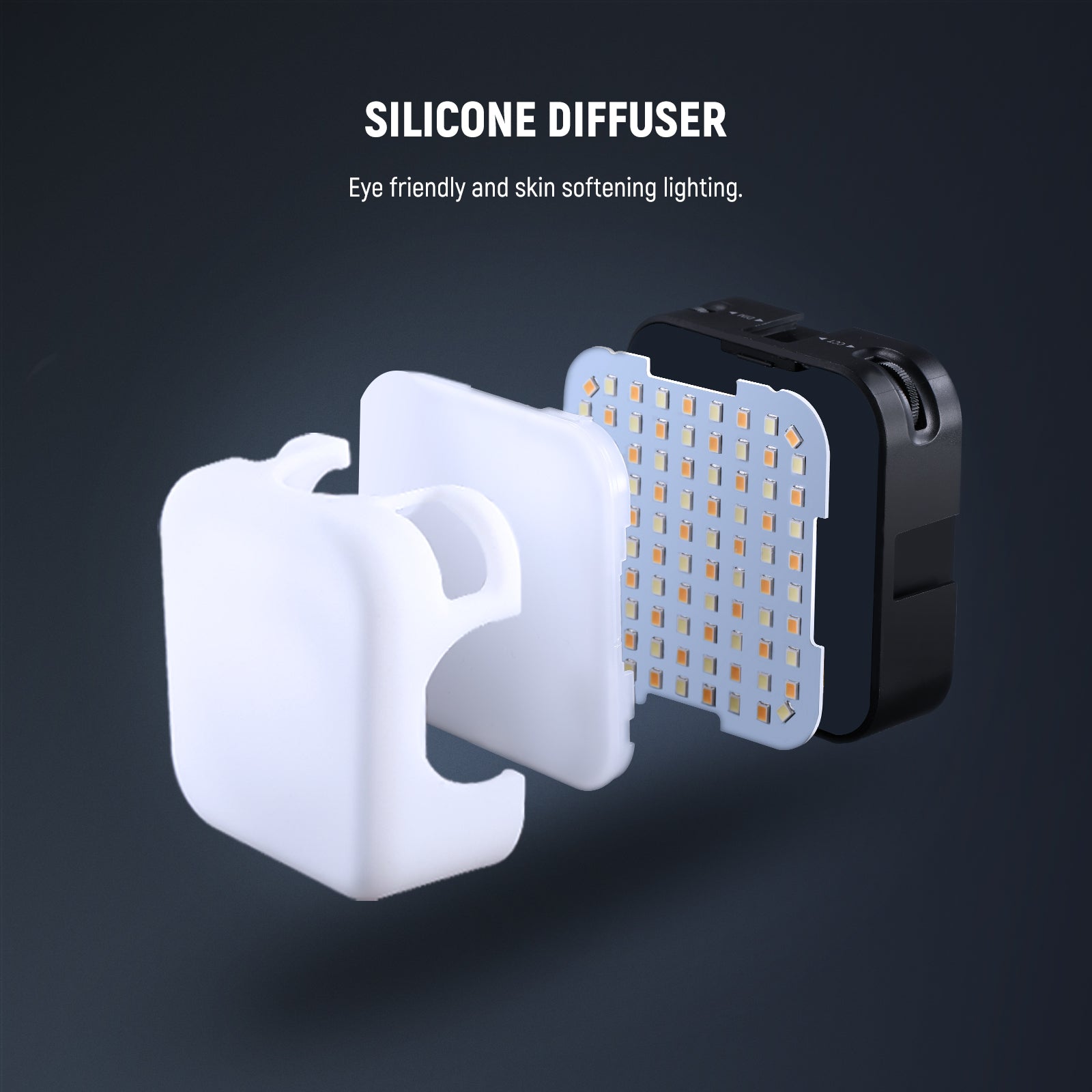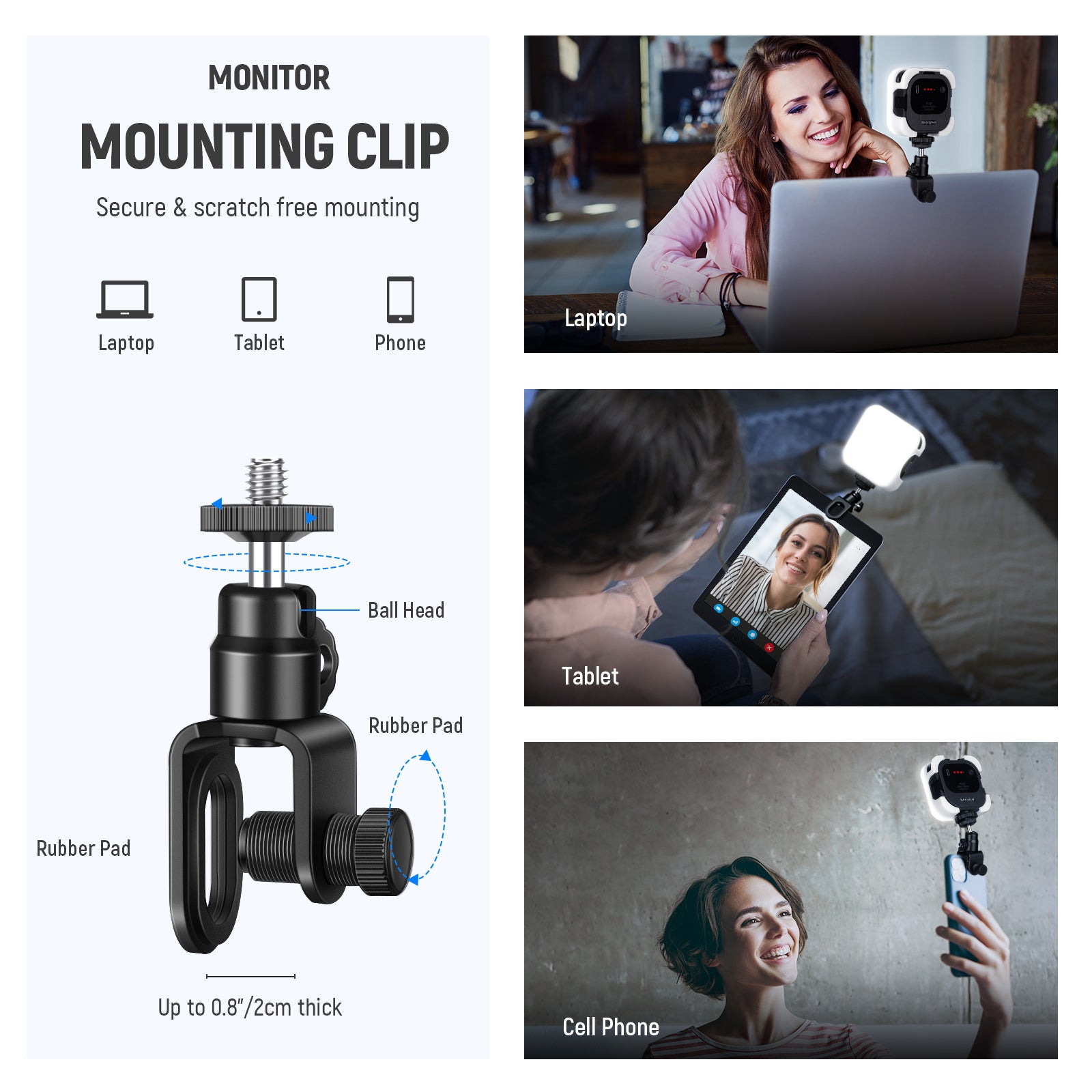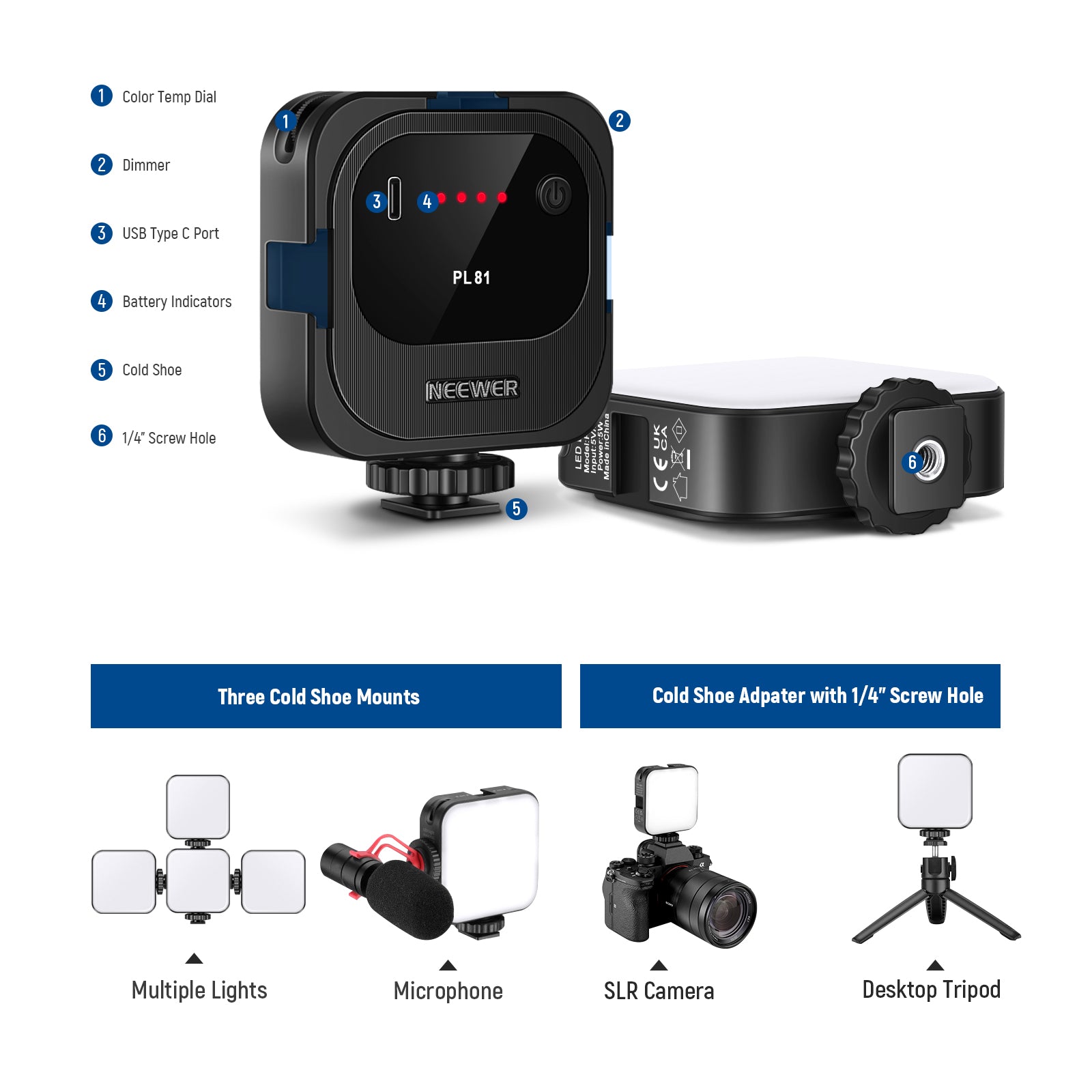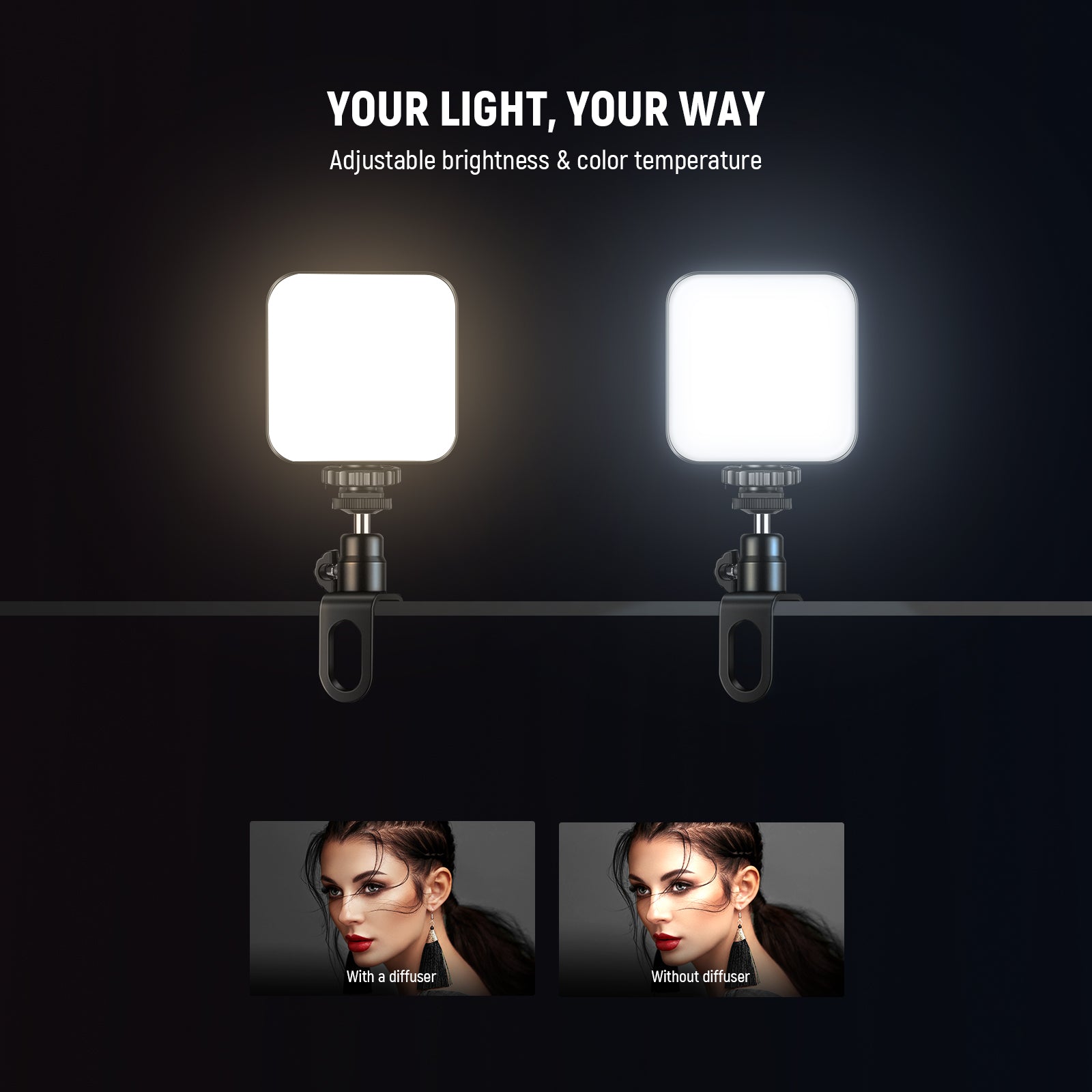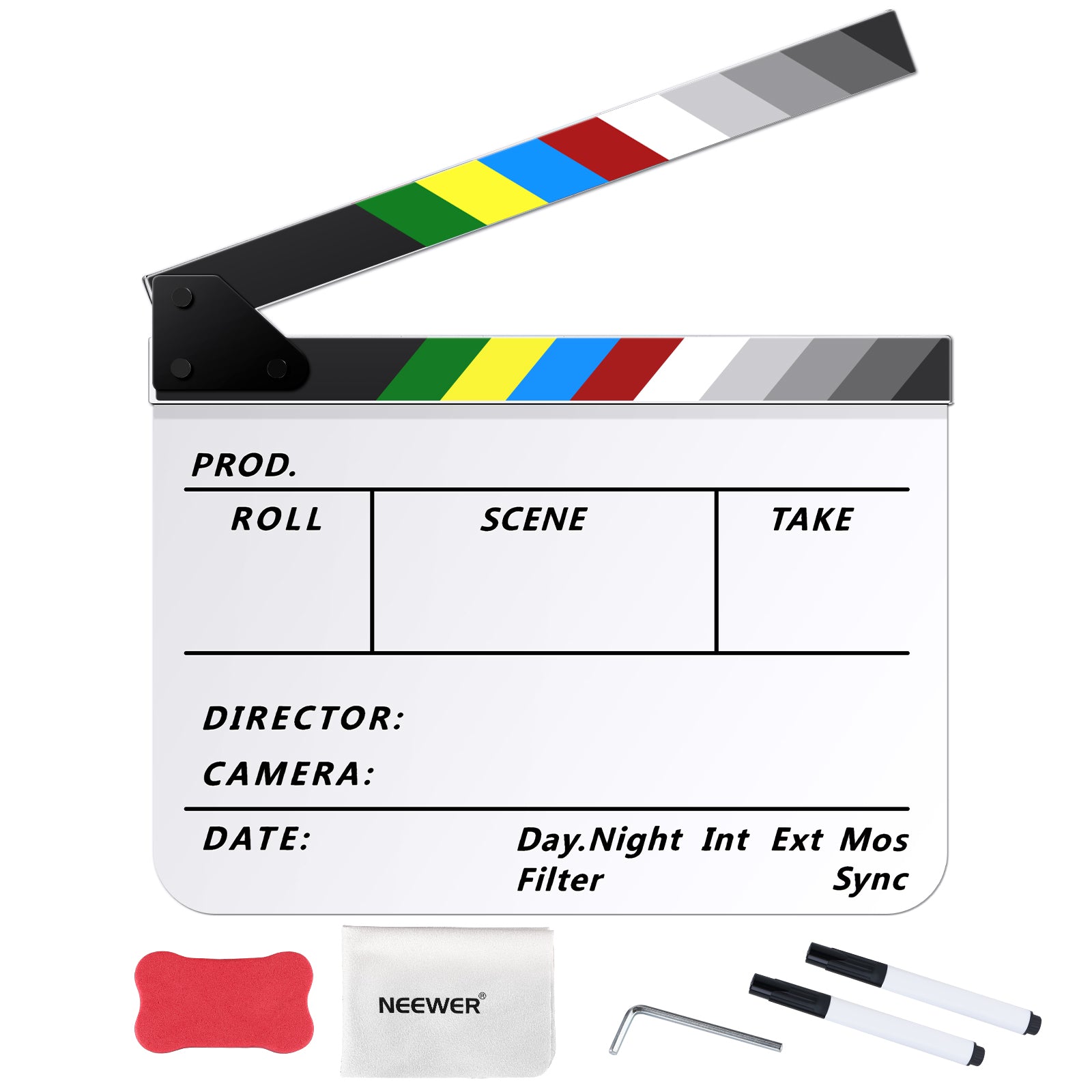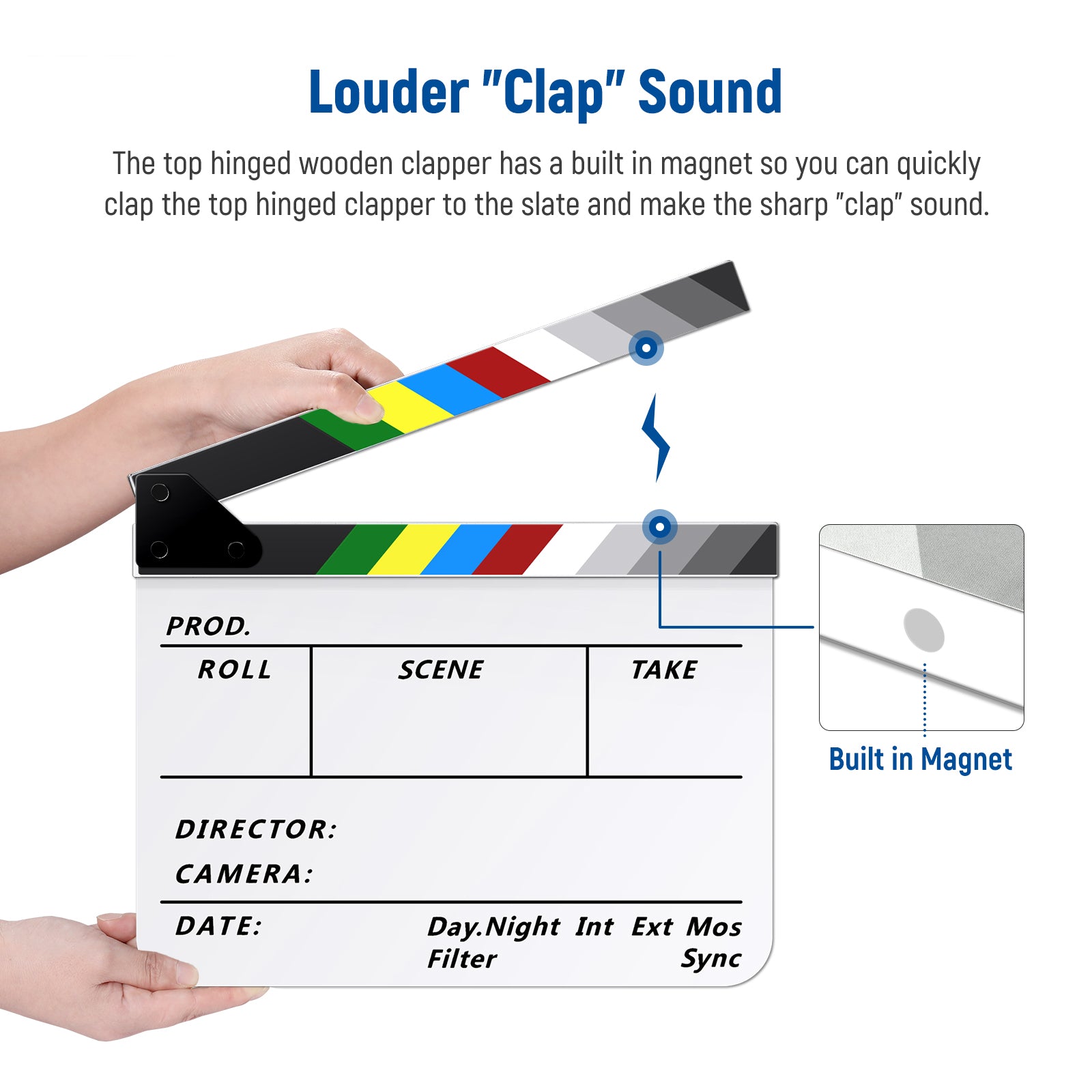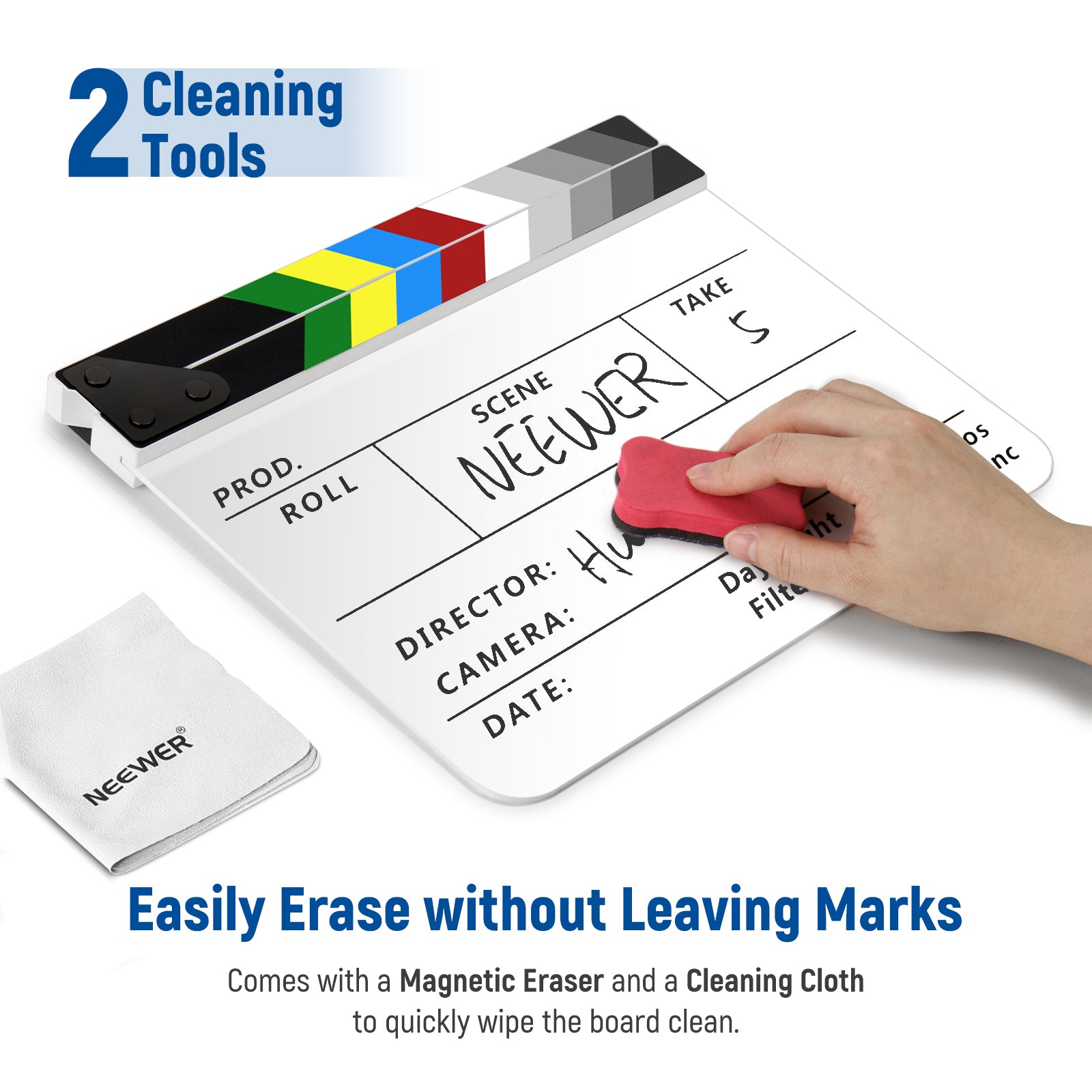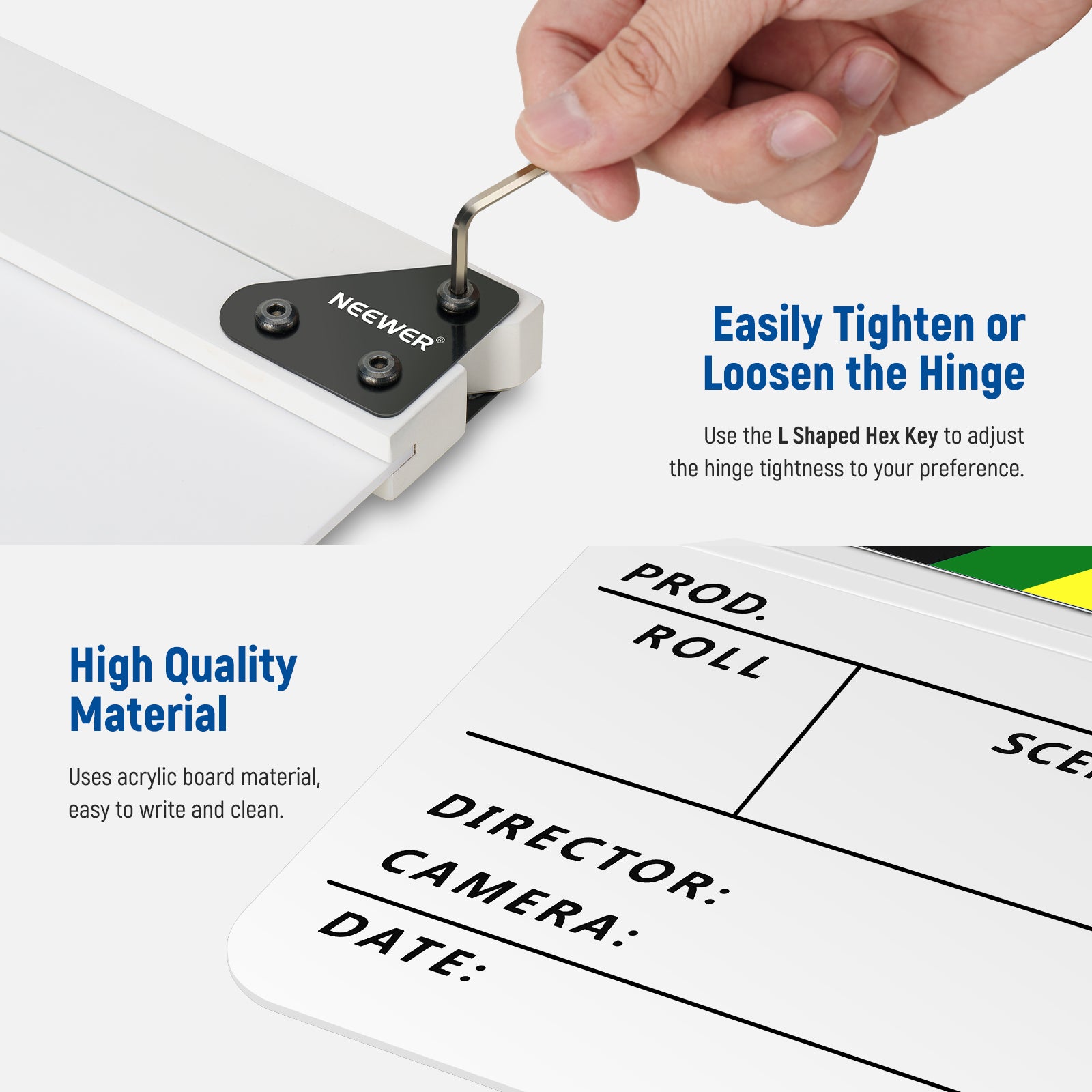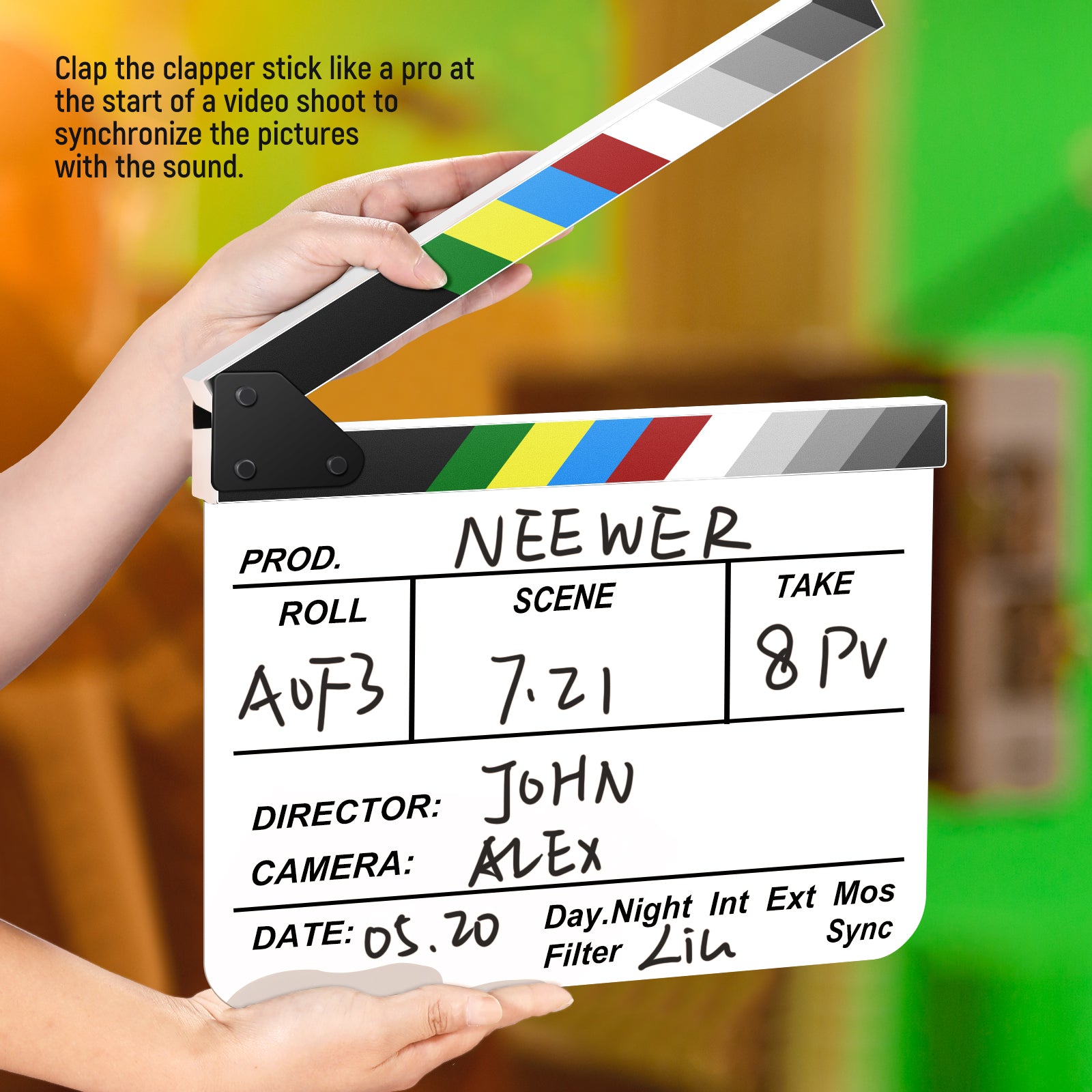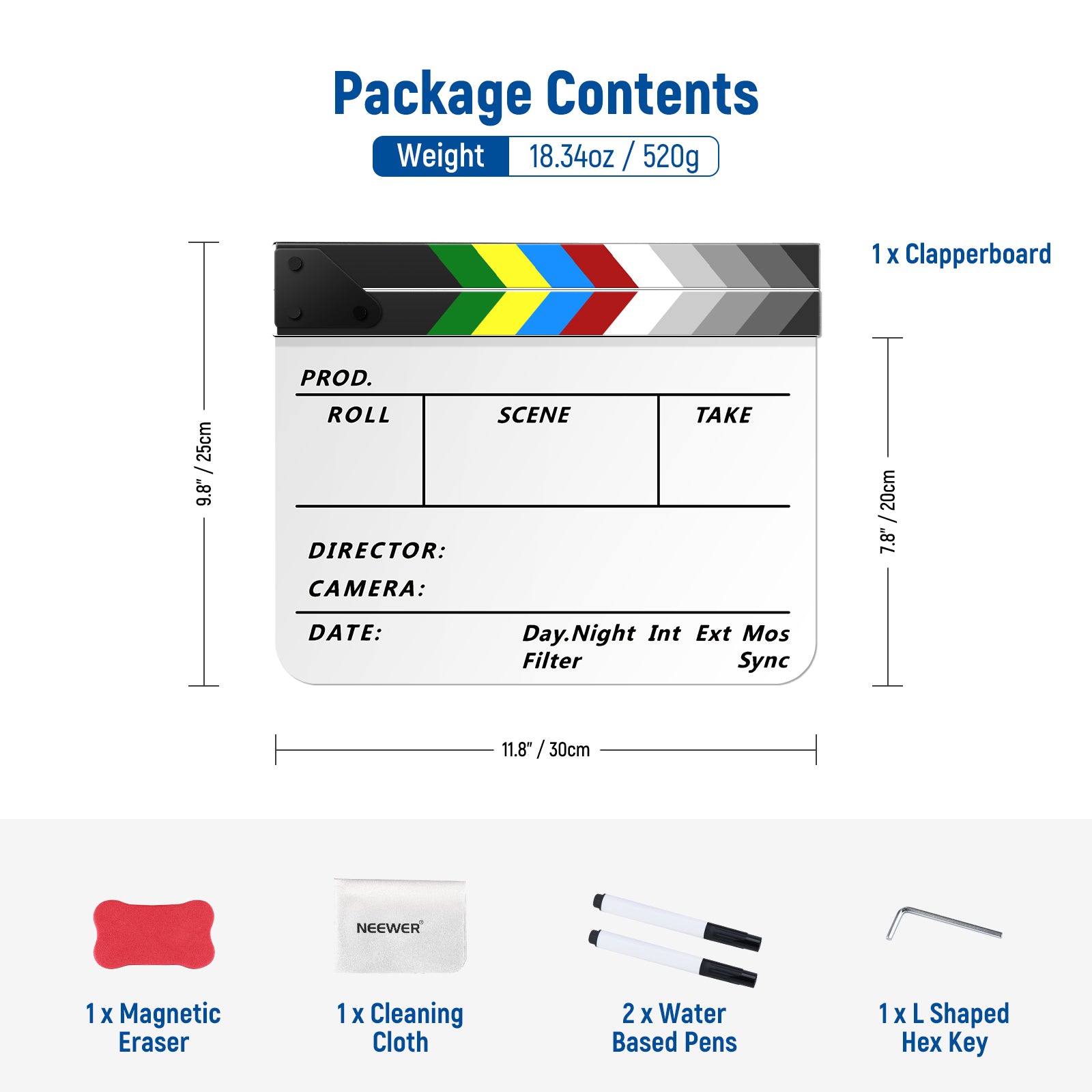Table of Contents
A UV filter is like inexpensive insurance for your lens—it doesn’t change your photos much but helps keep your lens safe over time. In this blog post, we cover everything you need to know about UV filters, including what they do and how they differ from CPL and ND filters.
What Is a UV Filter?

A UV filter, short for ultraviolet filter, is a thin piece of optical glass that screws onto the front of your camera lens. Its original purpose was to block ultraviolet (UV) light, which can cause haziness or bluish casts in film photography, especially in outdoor settings with strong sunlight.
Today, with modern digital cameras, UV light rarely affects image quality, so the main reason photographers use a UV filter is lens protection.
What Does a UV Filter Do?

UV filters not only protect against dust, moisture, and accidental scratches in harsh environments, but also make cleaning and maintenance easier while maintaining stable and clear image quality.
1. Lens Protection
The primary reason photographers use UV filters today is to protect their expensive lenses. Whether it's dust and fingerprints during everyday shooting or sand and rain during outdoor shooting, UV filters serve as the first line of defense for your lens. If a lens is accidentally scratched or damaged, the cost of repair could be hundreds or even thousands of dollars, while a high-quality UV filter typically costs only a few dozen dollars. In other words, it acts as insurance for your lens, helping you avoid costly repairs without compromising image quality.
2. Easy to Clean and Maintain the Lens
The lens surface is extremely delicate, and even gentle wiping can cause microscopic scratches due to dust particles. In contrast, the glass of a UV filter is easier to clean and can withstand repeated wiping. During shooting, condensation, fingerprints, or stains may inevitably occur. Cleaning the lens directly can be distressing, but cleaning or replacing the UV filter is hassle-free. This allows photographers to shoot in complex environments with greater peace of mind, without excessive concern about damaging the lens itself.
3. Maintain Stable Image Quality
Many people worry that adding filters will affect image quality, but high-quality UV filters undergo multi-layer coating treatment, which can effectively reduce reflections, glare, and ghosting. They have minimal visible impact on color and sharpness, ensuring that images remain clear and natural. Especially in bright light conditions or nighttime photography, a good filter ensures consistent image quality. As long as you avoid cheap, low-quality products, UV filters can provide “invisible protection” while keeping your photos at their best.
UV Filter vs CPL Filter: Key Differences
|
Feature |
UV Filter |
|
|
Primary Purpose |
Protects your lens from scratches, dust, and accidental bumps; also slightly reduces UV haze |
Reduces reflections and glare; enhances skies, clouds, water, and overall color saturation |
|
Impact on Image |
Nearly invisible when using a high-quality filter; it does not affect image quality |
Actively changes the look of your photos by boosting contrast and color |
|
Usage Scenario |
Ideal for everyday use; can stay on the lens permanently |
Best for specific situations: bright sunlight, reflective surfaces, landscapes, or water scenes |
|
Light Transmission |
Lets almost all light through; no need to adjust exposure |
Cuts light by 1–2 stops; may require exposure adjustment |
|
Type |
Protective accessory |
Creative tool |
UV Filter vs ND Filter: Which Should You Choose?
|
Feature |
UV Filter |
|
|
Primary Purpose |
Protects the lens from scratches, dust, fingerprints, and minor bumps |
Reduces the amount of light entering the lens to allow creative effects like motion blur or shallow depth of field in bright conditions |
|
Impact on Image |
Almost invisible; does not affect exposure or colors |
Directly affects exposure; enables slower shutter speeds or wider apertures without overexposing the image |
|
Usage Scenario |
Every day use; can stay on the lens all the time |
Selective use: bright sunlight, waterfalls, rivers, long-exposure shots, or any scenario needing controlled light |
|
Light Transmission |
Lets nearly all light through; no exposure adjustment needed |
Cuts light depending on the ND strength (e.g., ND4, ND8); exposure adjustments are required |
|
Type |
Protective accessory |
Creative/artistic tool |
- Choose a UV filter if your priority is lens protection. It’s a low-cost way to safeguard your expensive lens from scratches, dust, fingerprints, or minor bumps. You can leave it on all the time without affecting your photos, making it ideal for everyday shooting.
- Choose an ND filter if your priority is creative control over light. ND filters reduce light entering the lens, allowing for long exposures, motion blur effects, or a shallow depth of field even in bright sunlight. They are not for protection, so you typically attach them only when you need the effect.
Do You Need a UV Filter for Your Lens?

While modern digital cameras handle UV light well, a UV filter is still highly recommended for most photographers—but not because it improves image quality. Its main benefit today is lens protection. Expensive lenses are delicate and can be scratched, smudged, or damaged by dust, fingerprints, or accidental bumps. A UV filter acts as a first line of defense, and replacing a filter is far cheaper and easier than repairing or replacing a lens element.
For everyday shooting—whether in urban environments, outdoor adventures, or travel—keeping a UV filter on your lens provides peace of mind without affecting your photos. However, if you shoot in controlled studio environments or frequently swap filters for creative purposes, it may not be strictly necessary.
Is a UV Filter Worth It?

Yes — a UV filter is usually a smart investment, especially for photographers looking to protect their valuable lenses. It safeguards your lens from scratches, dust, fingerprints, rain, and minor bumps, potentially saving you hundreds or even thousands of dollars in repairs. In addition, high-quality UV filters are virtually invisible in your images, ensuring that sharpness, color, and contrast remain uncompromised, so you don’t have to worry about image quality.

